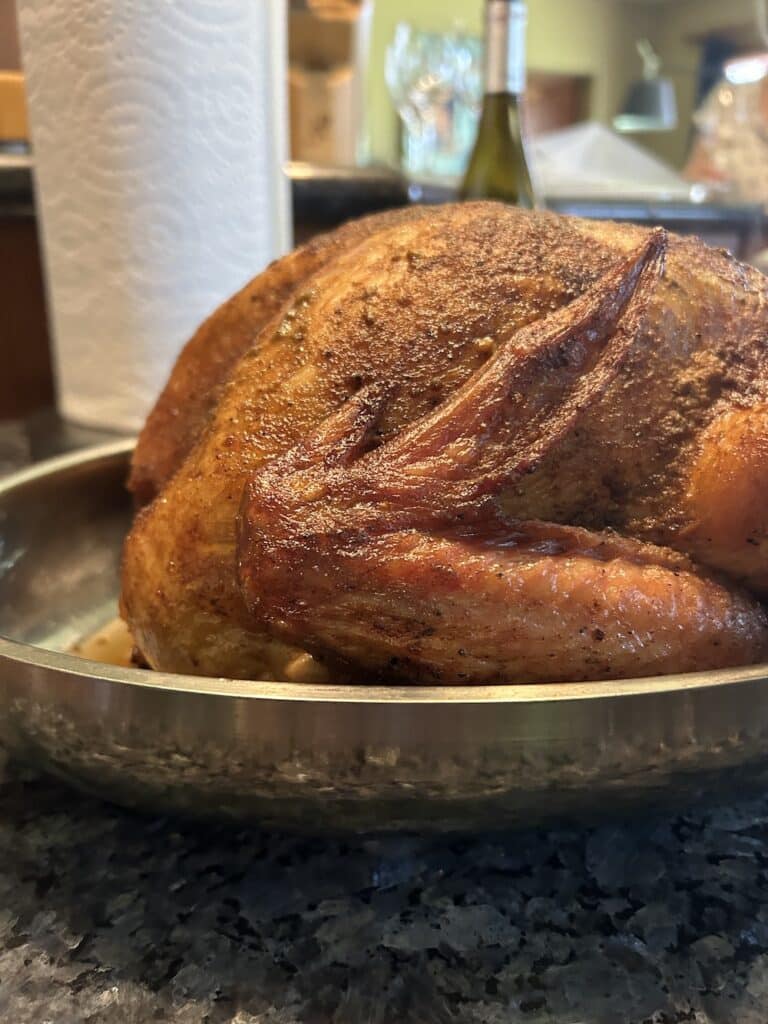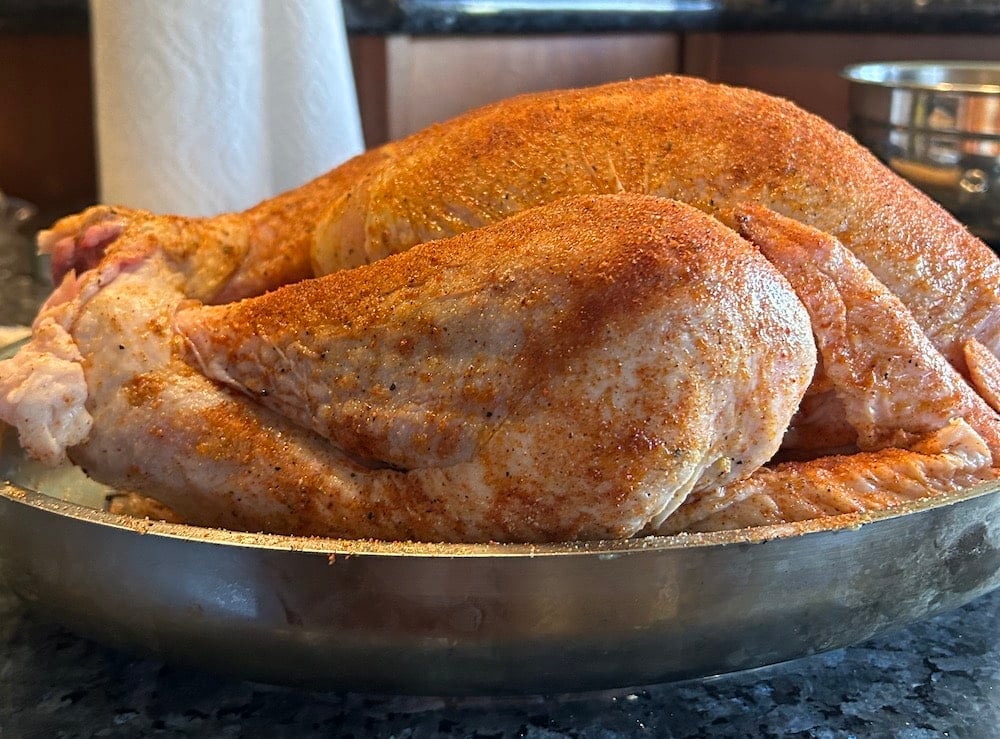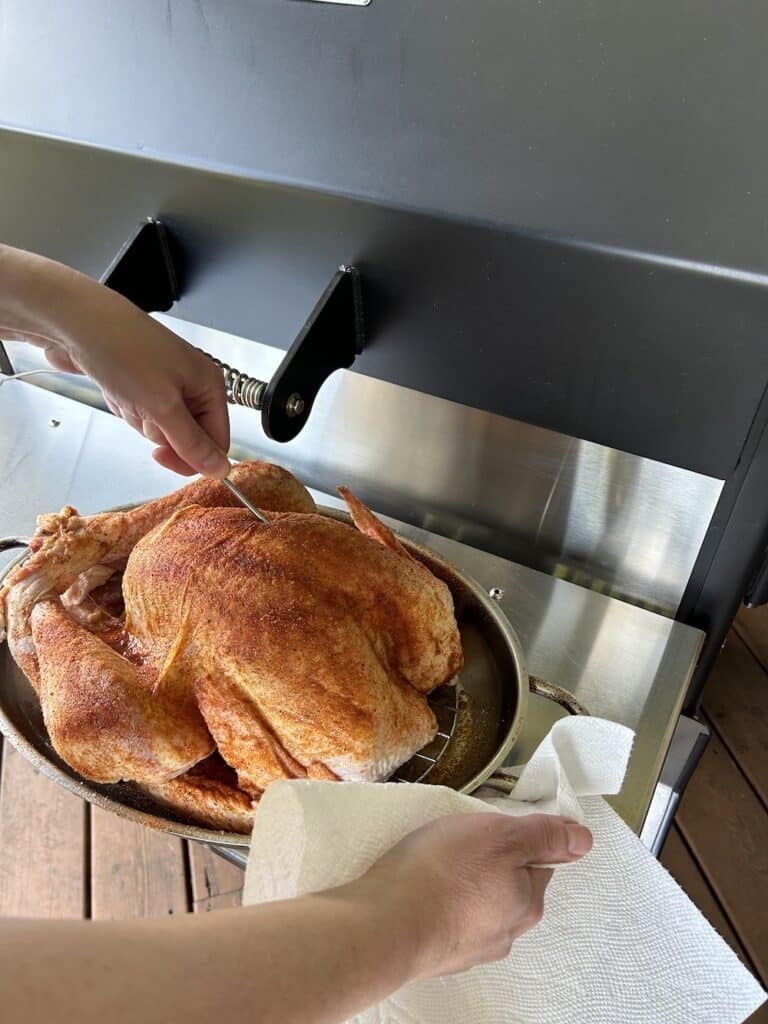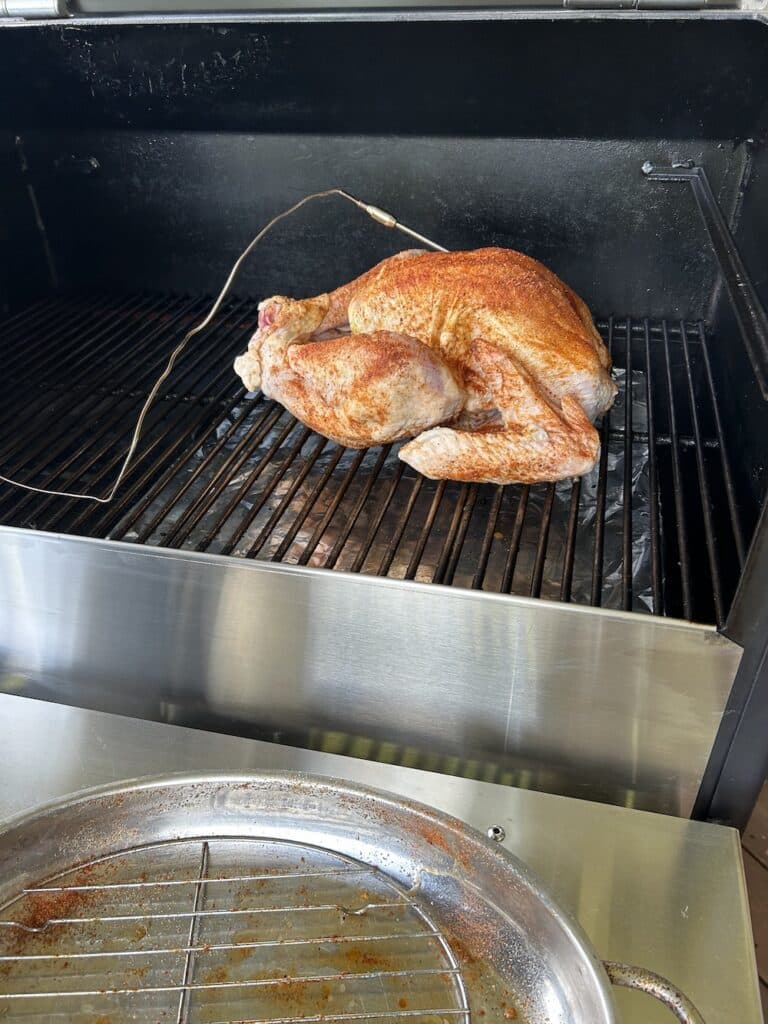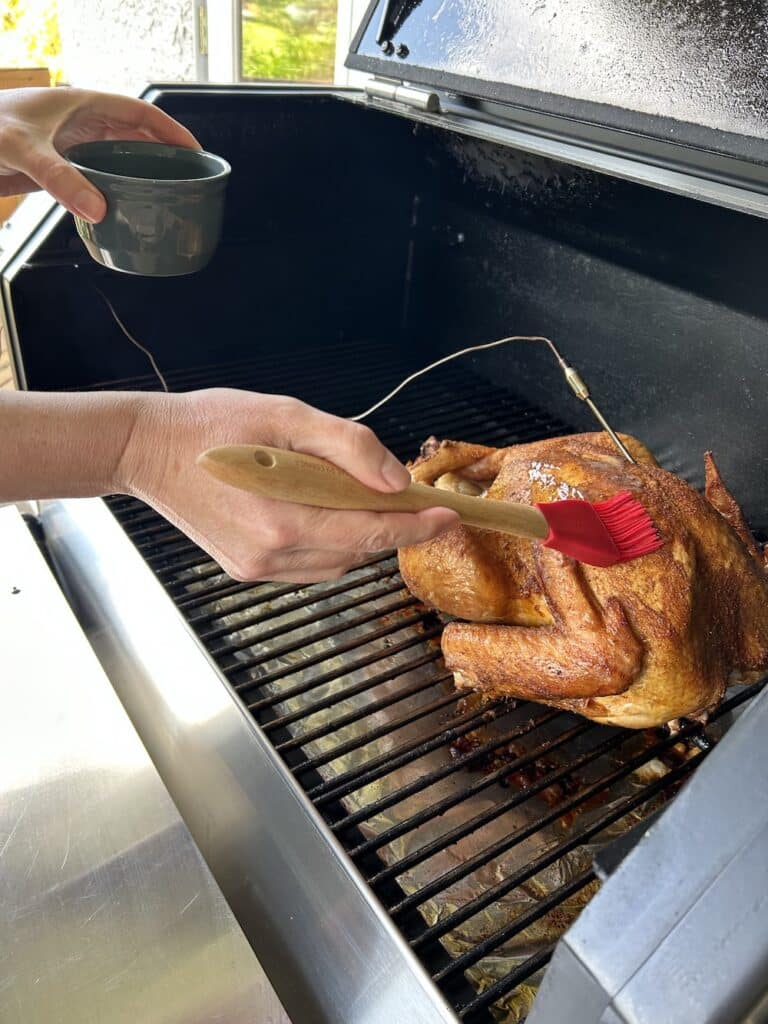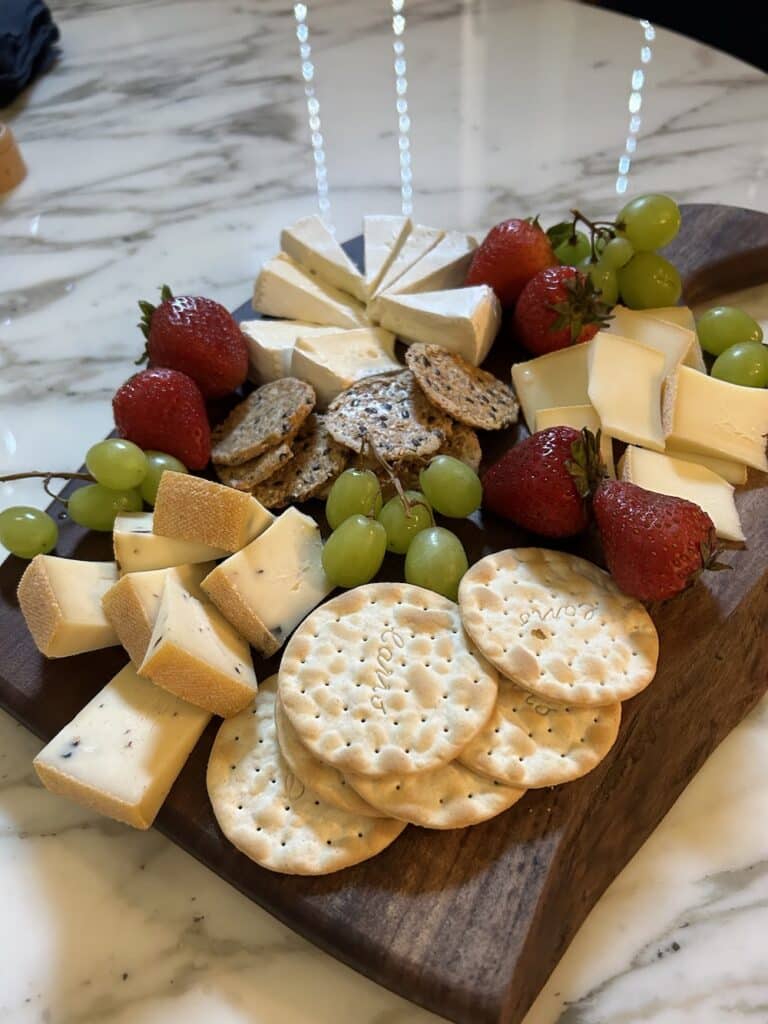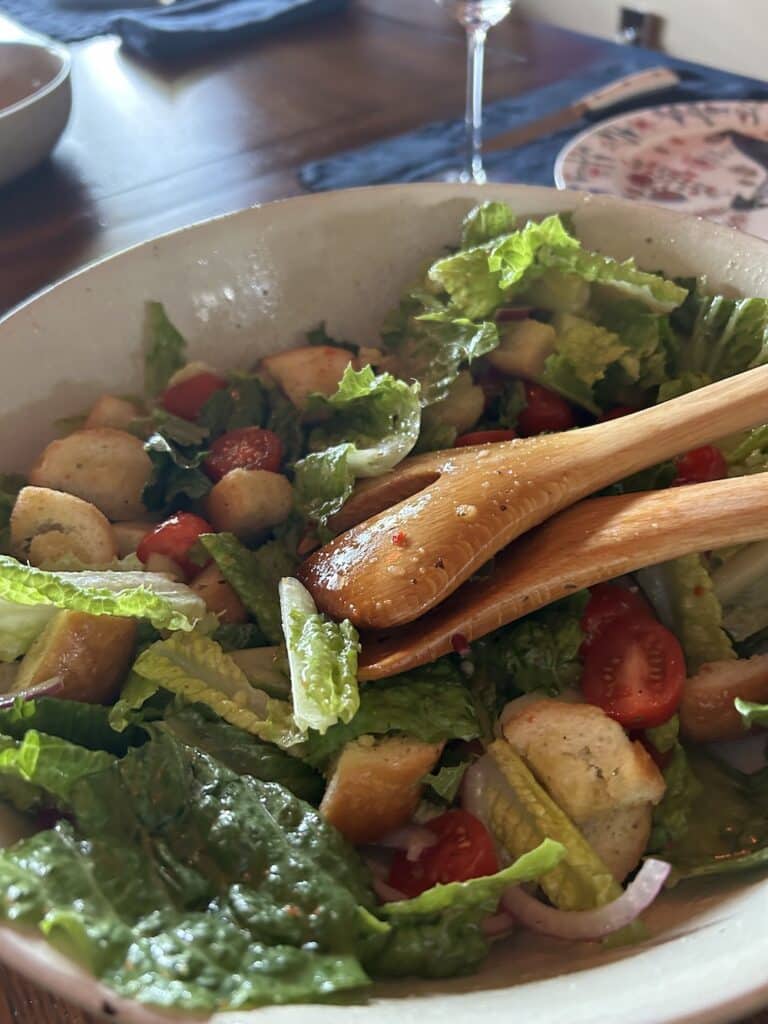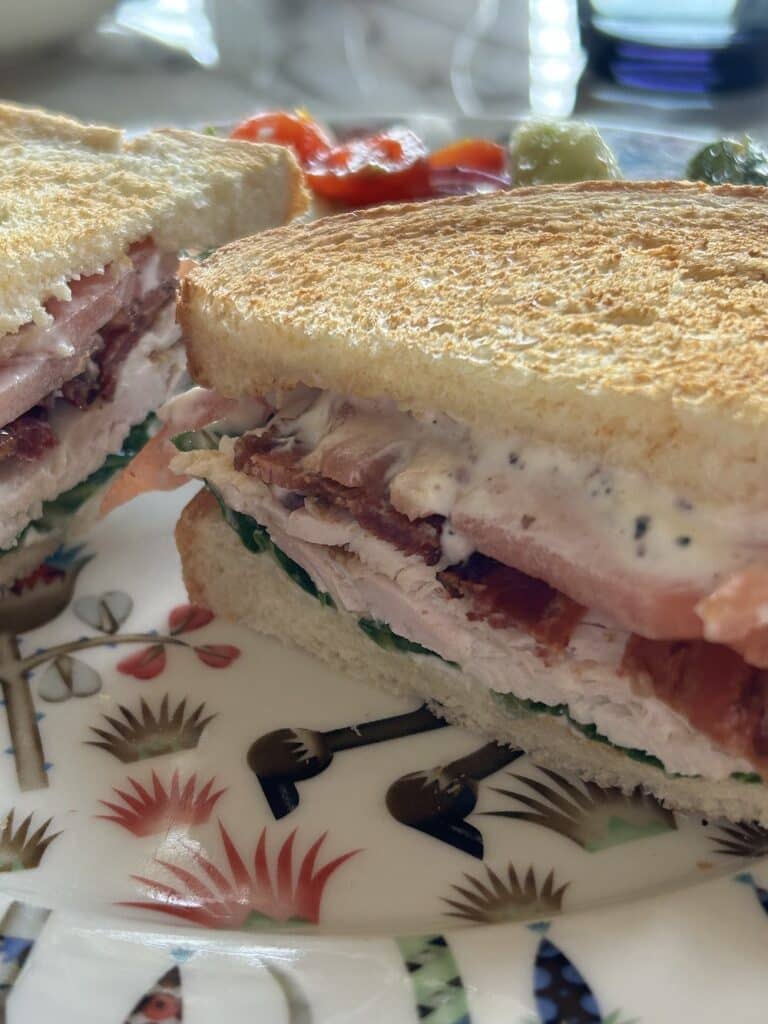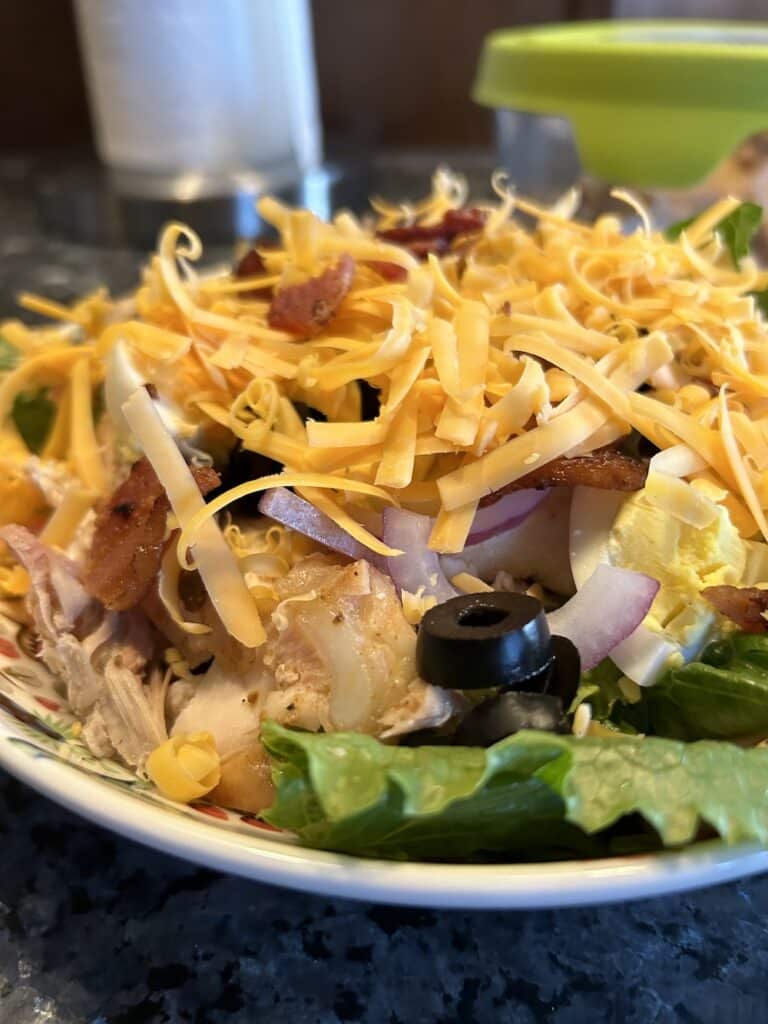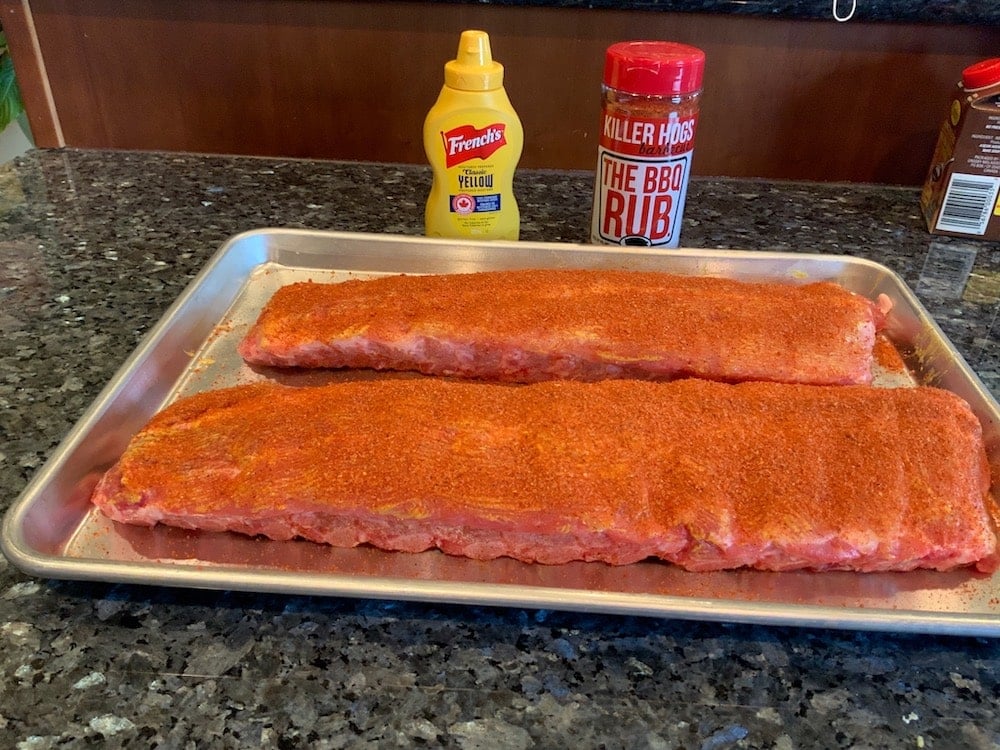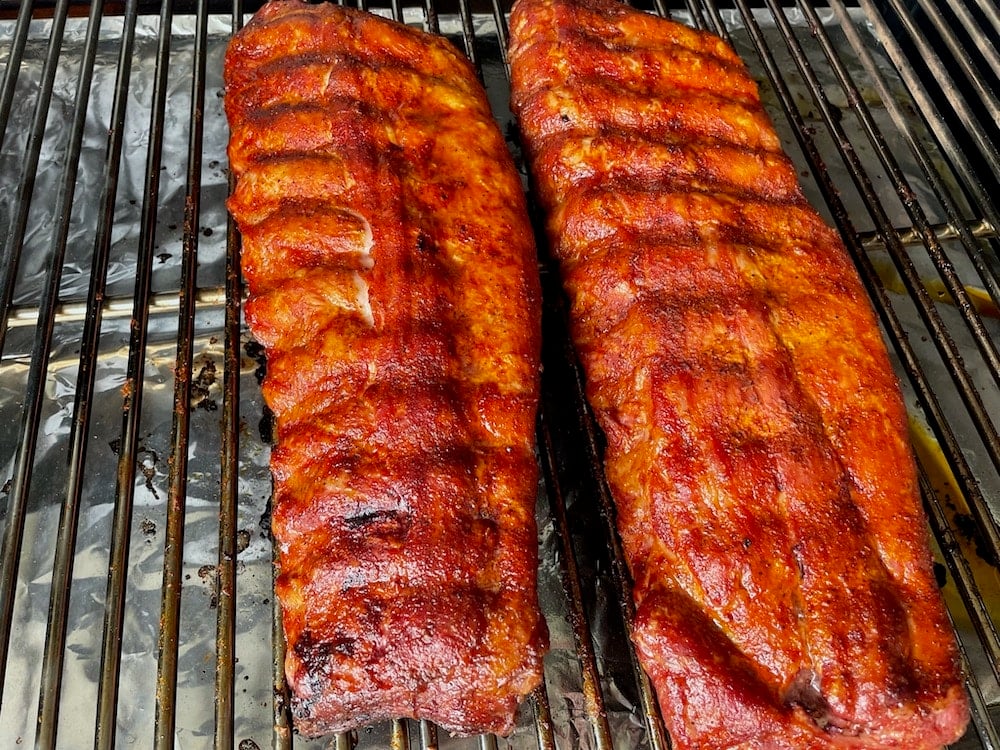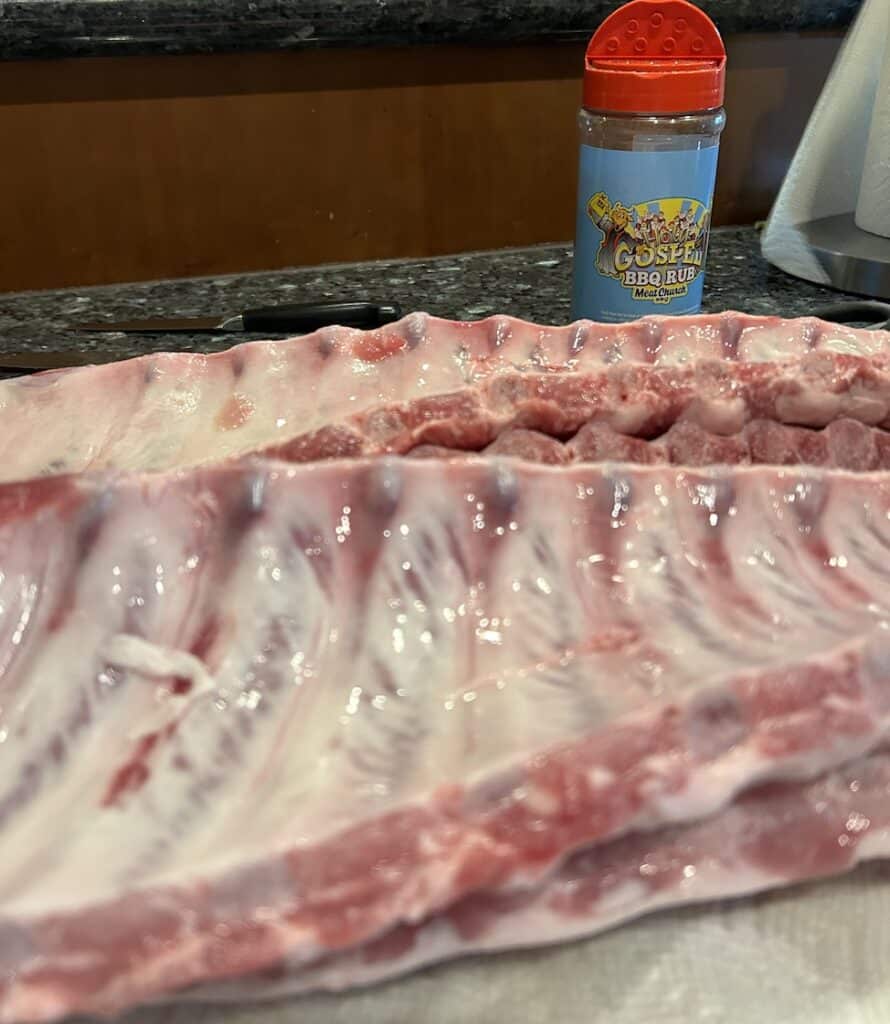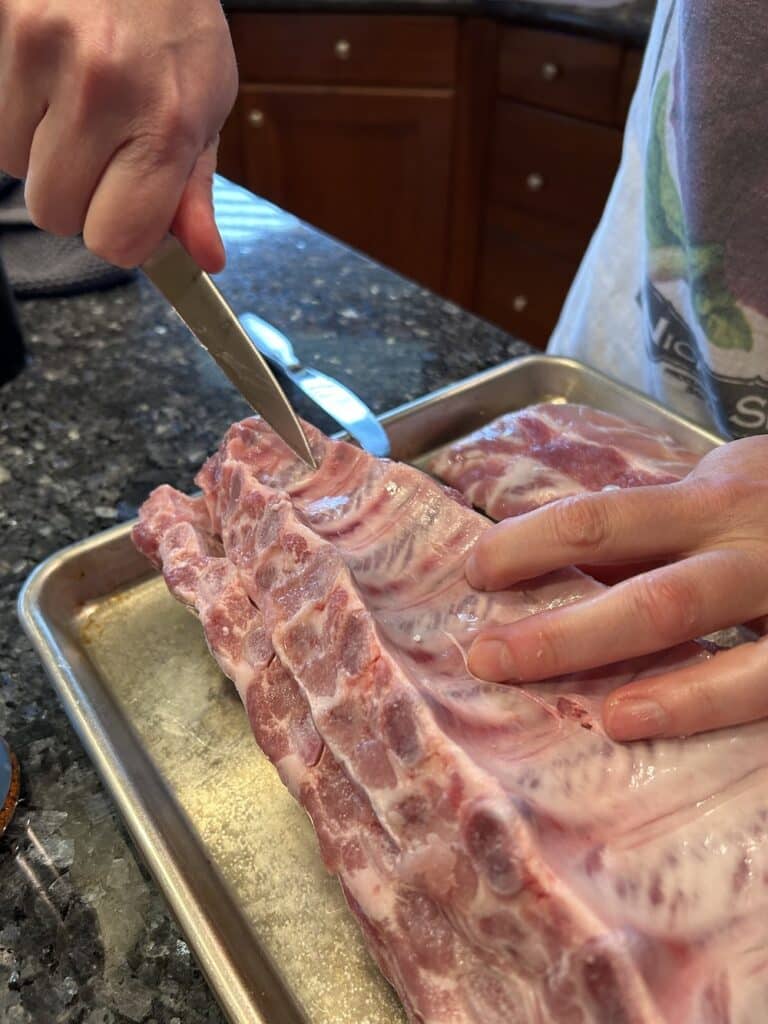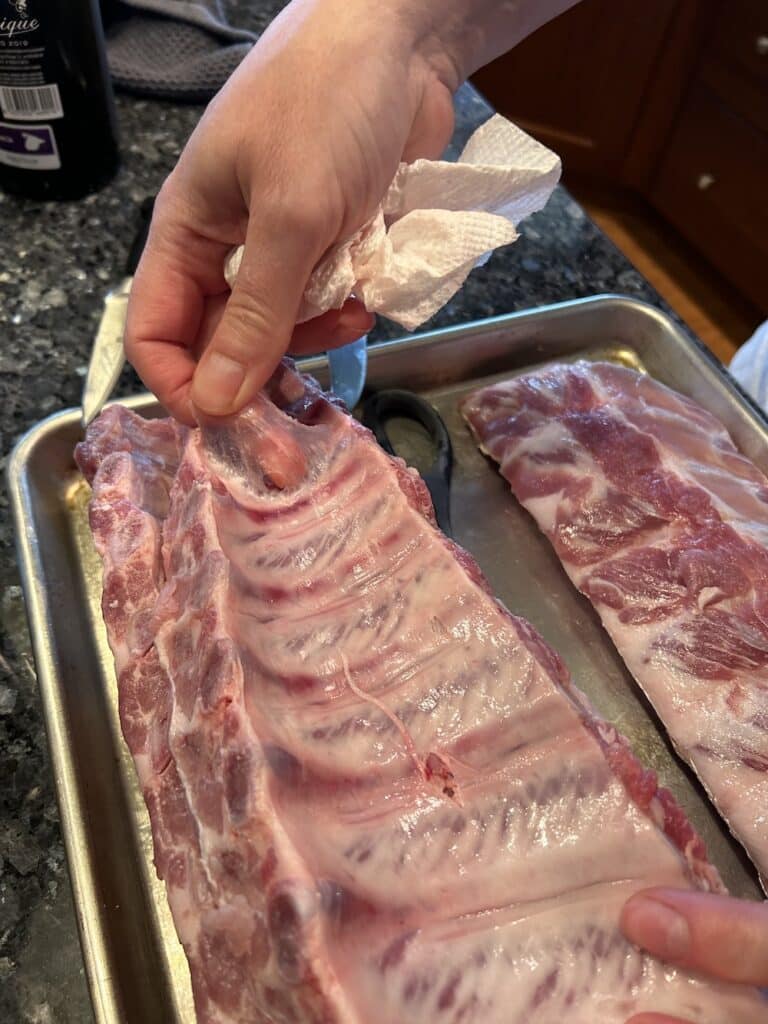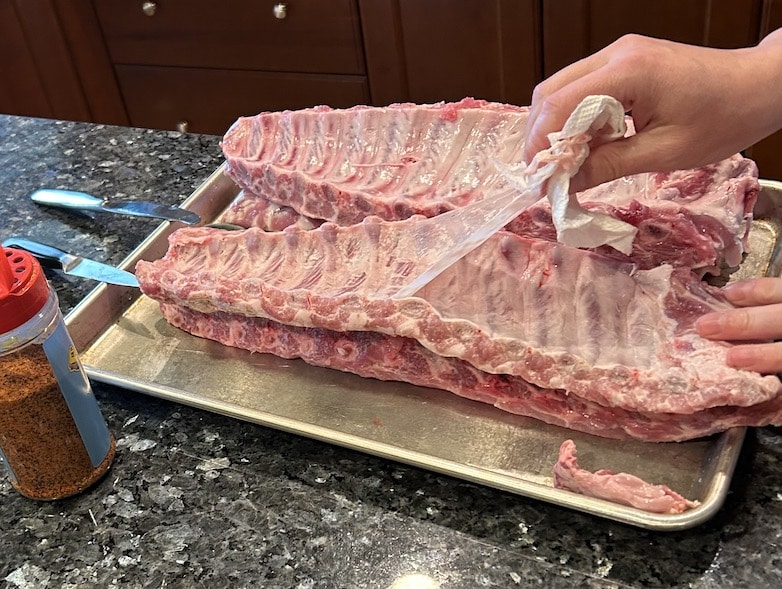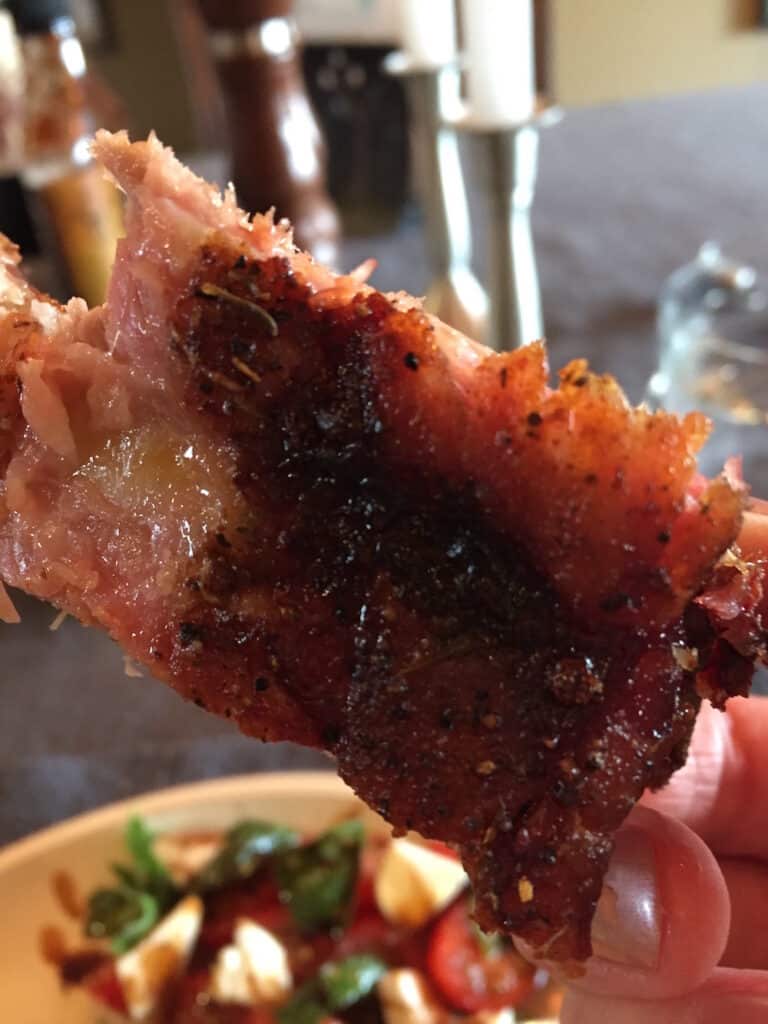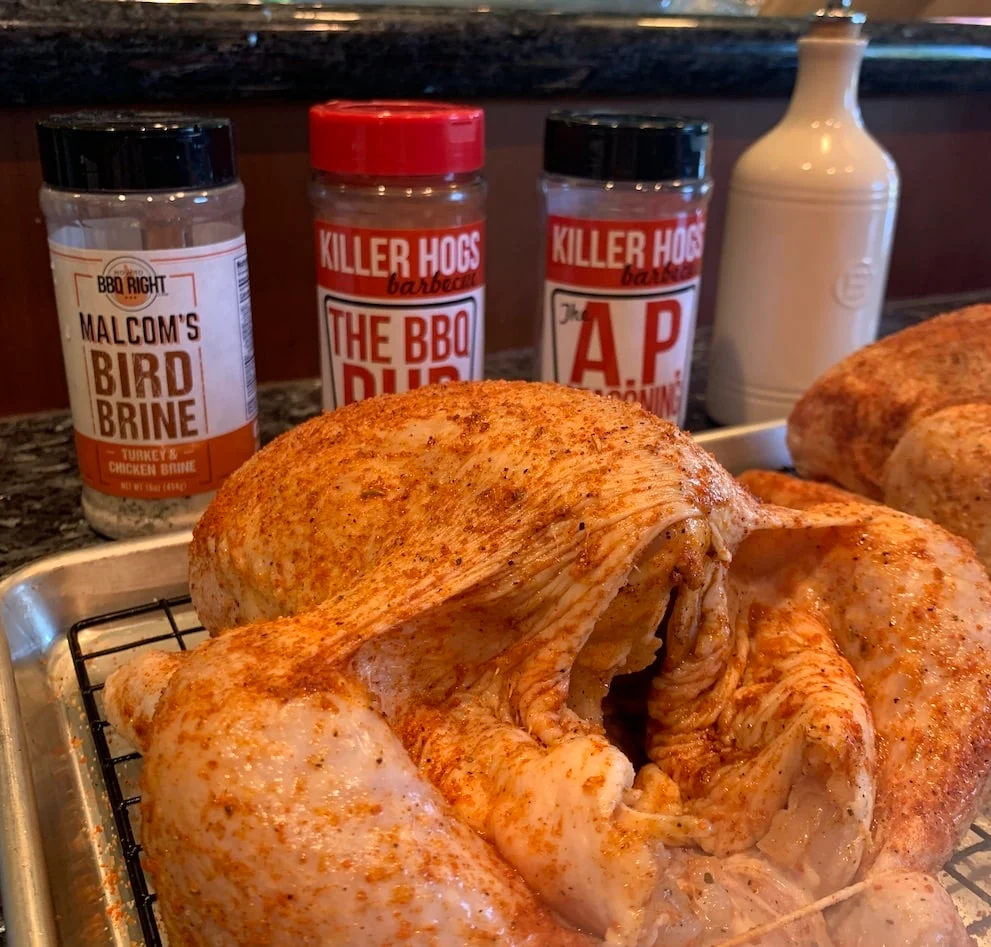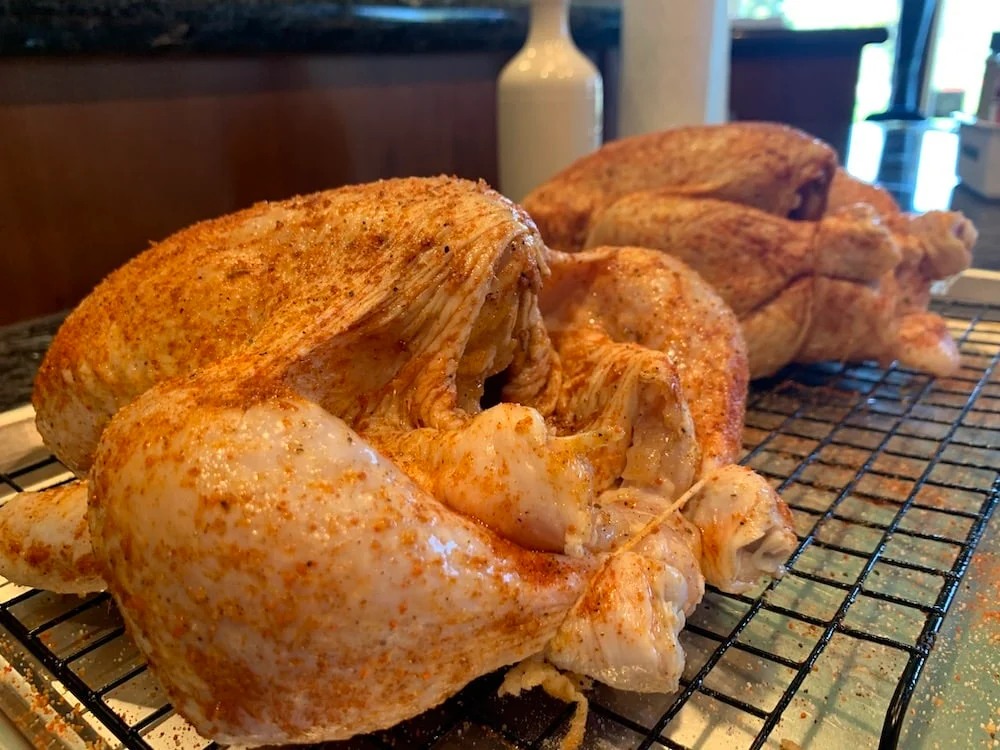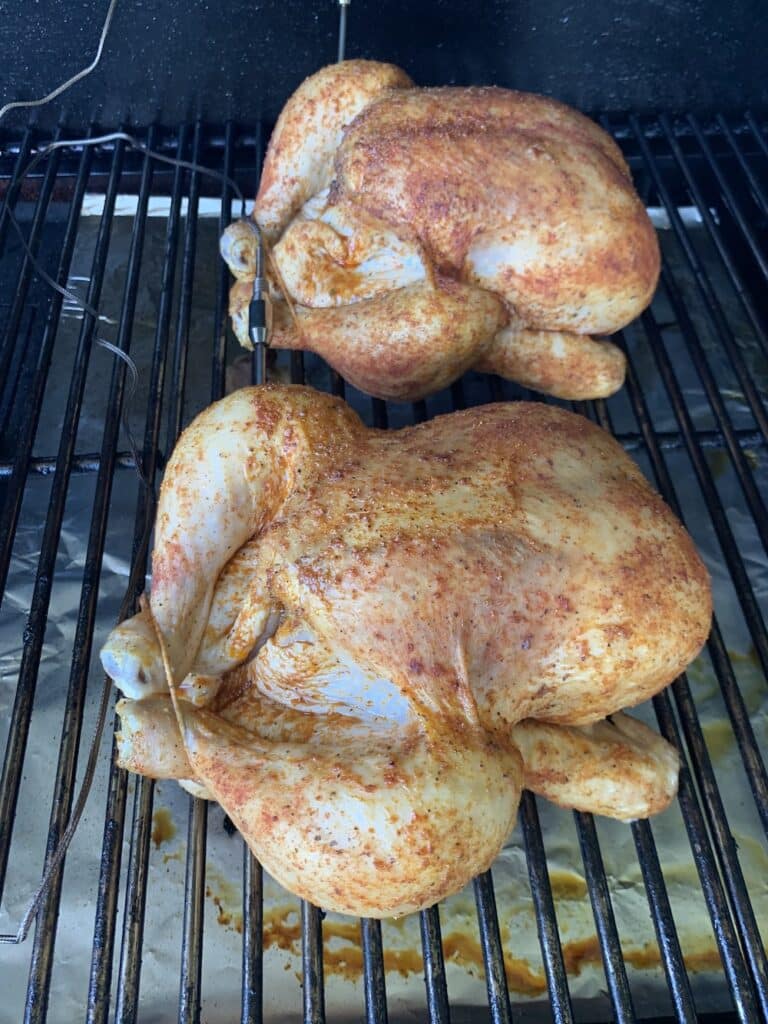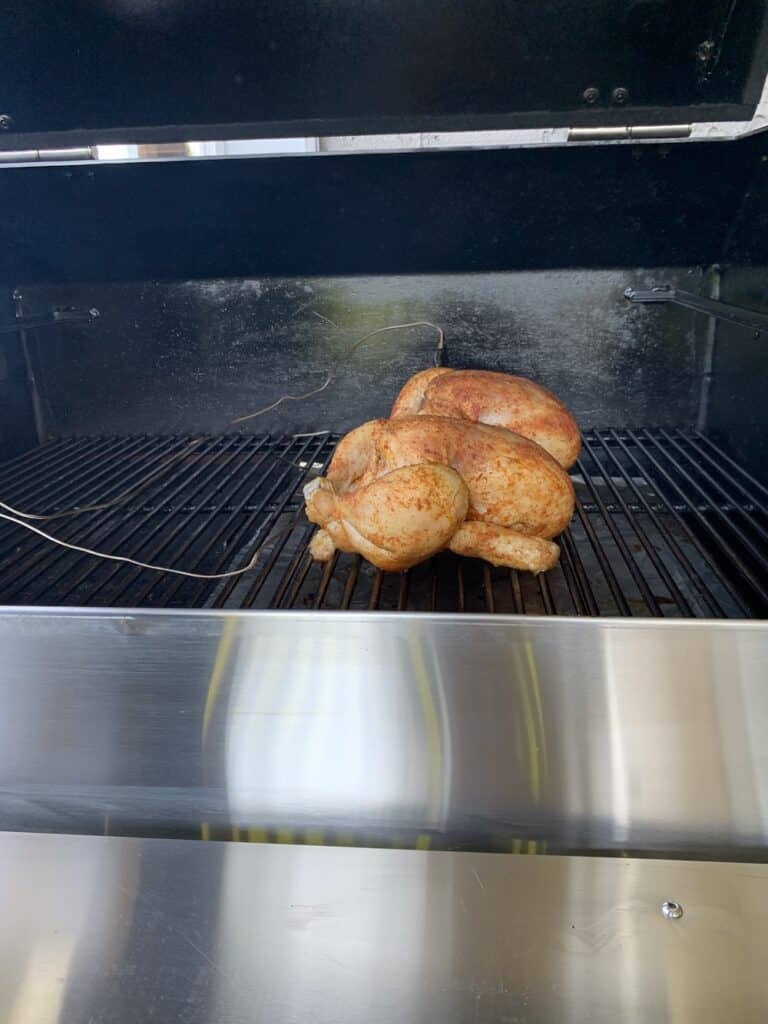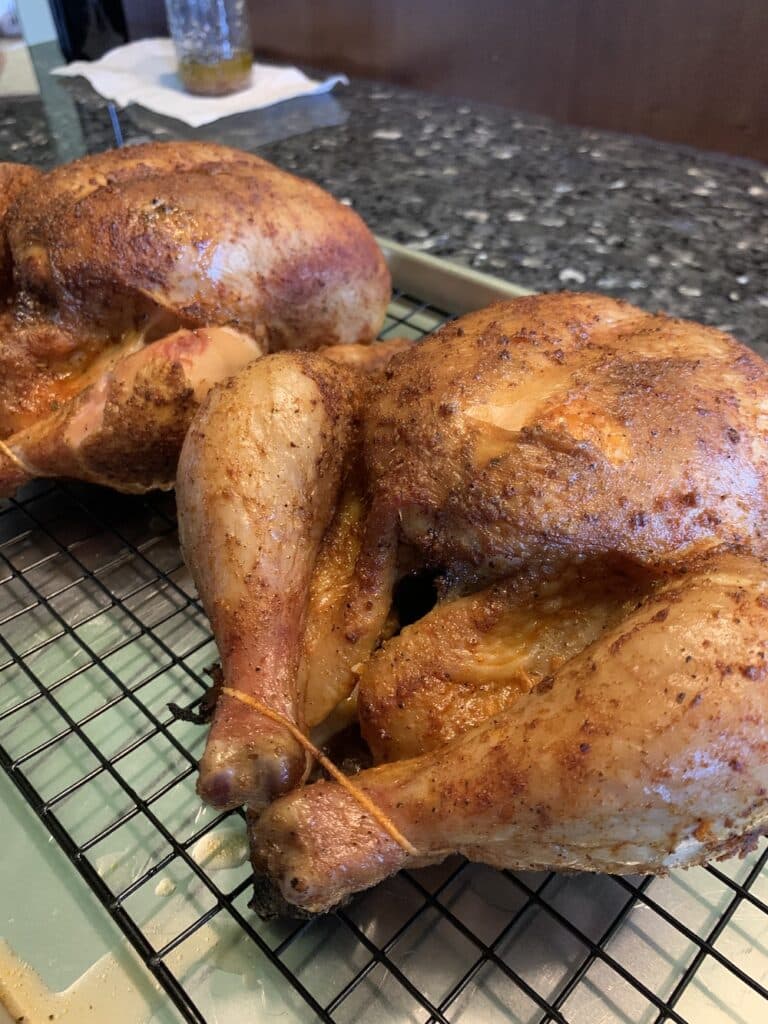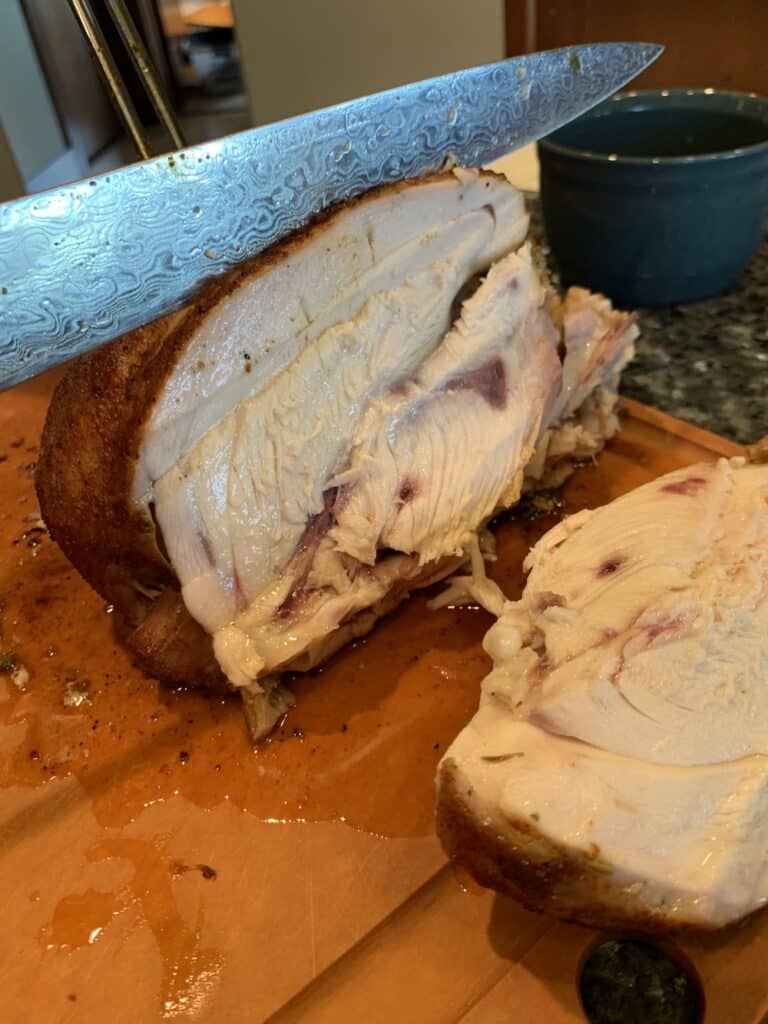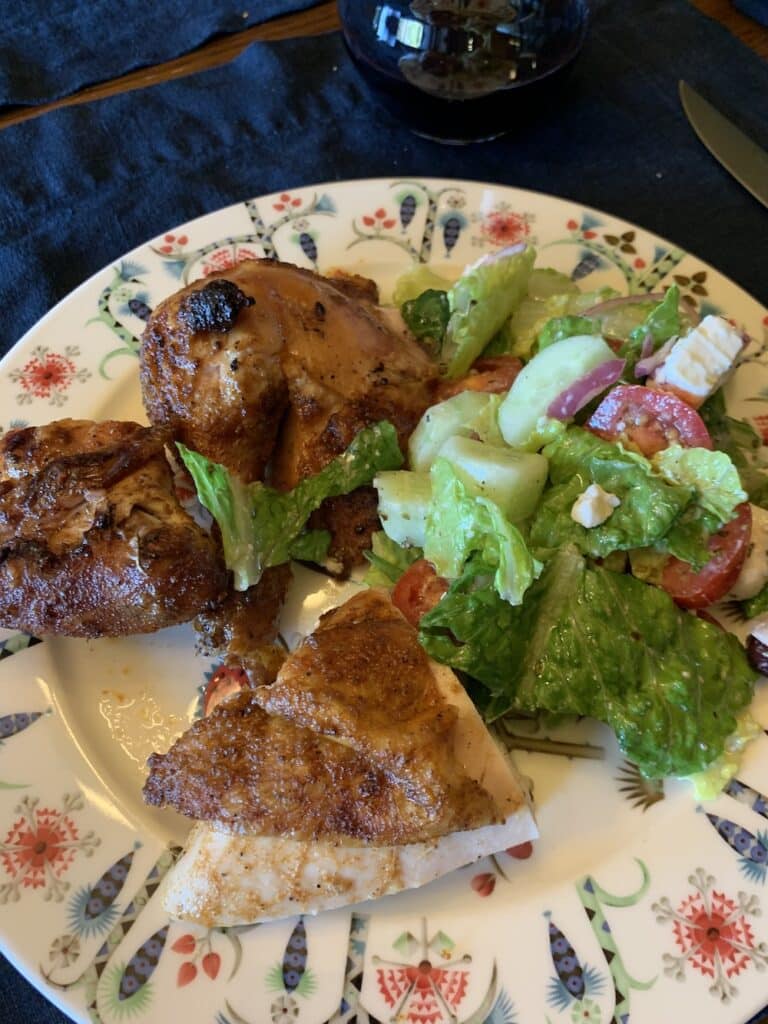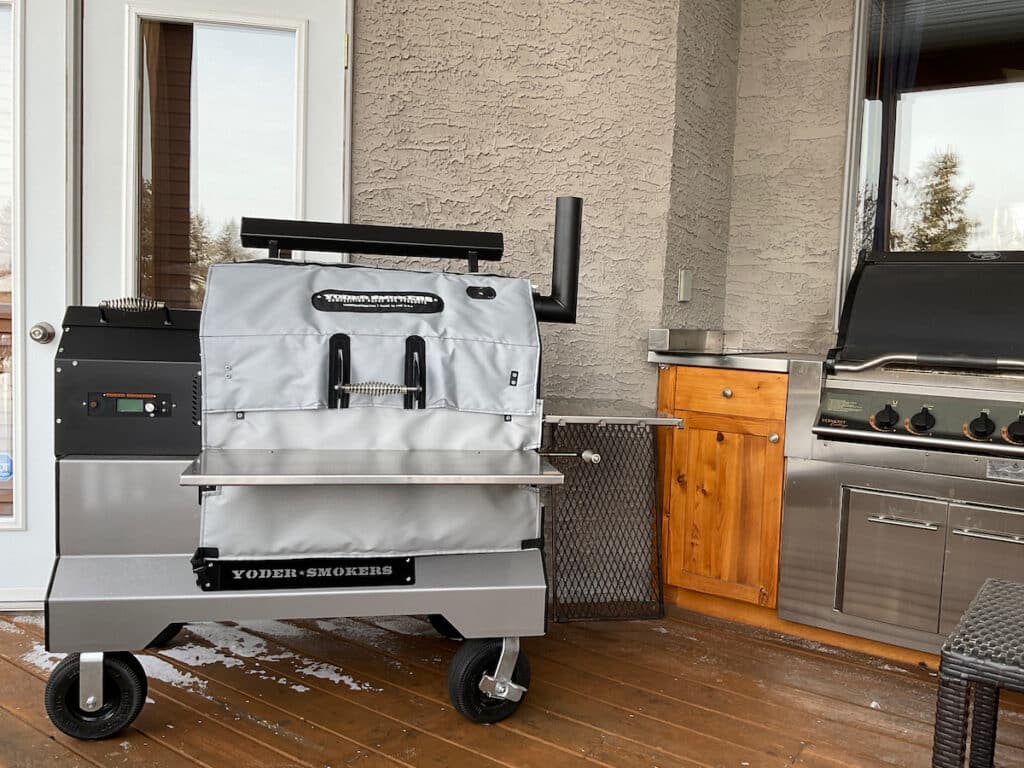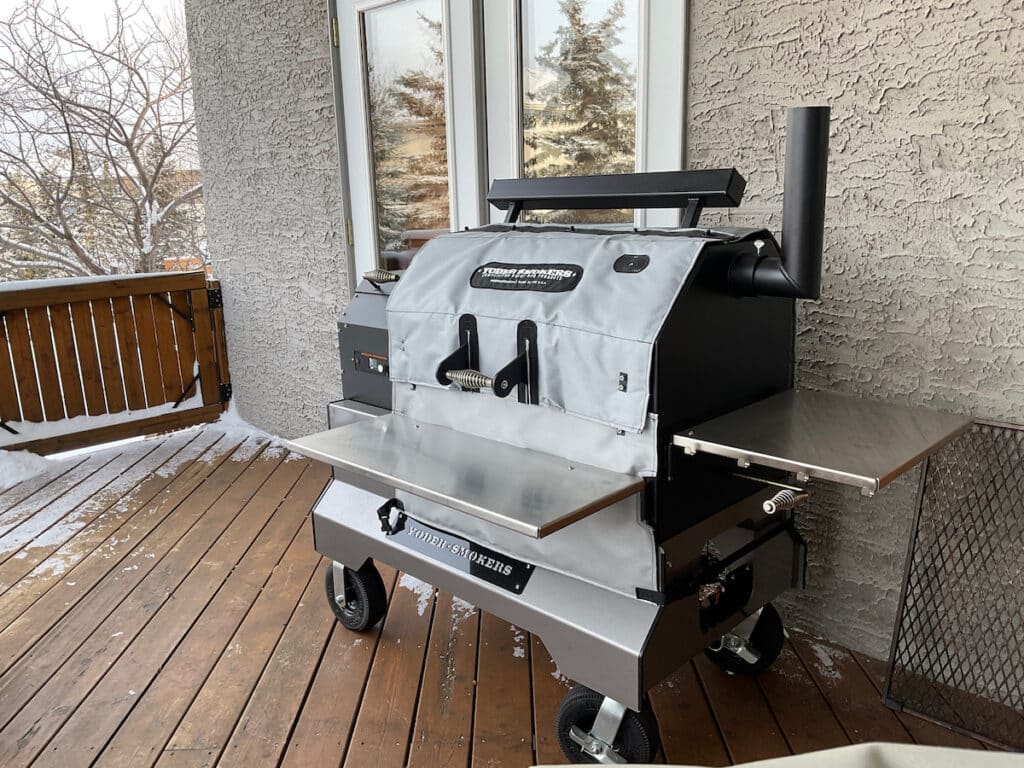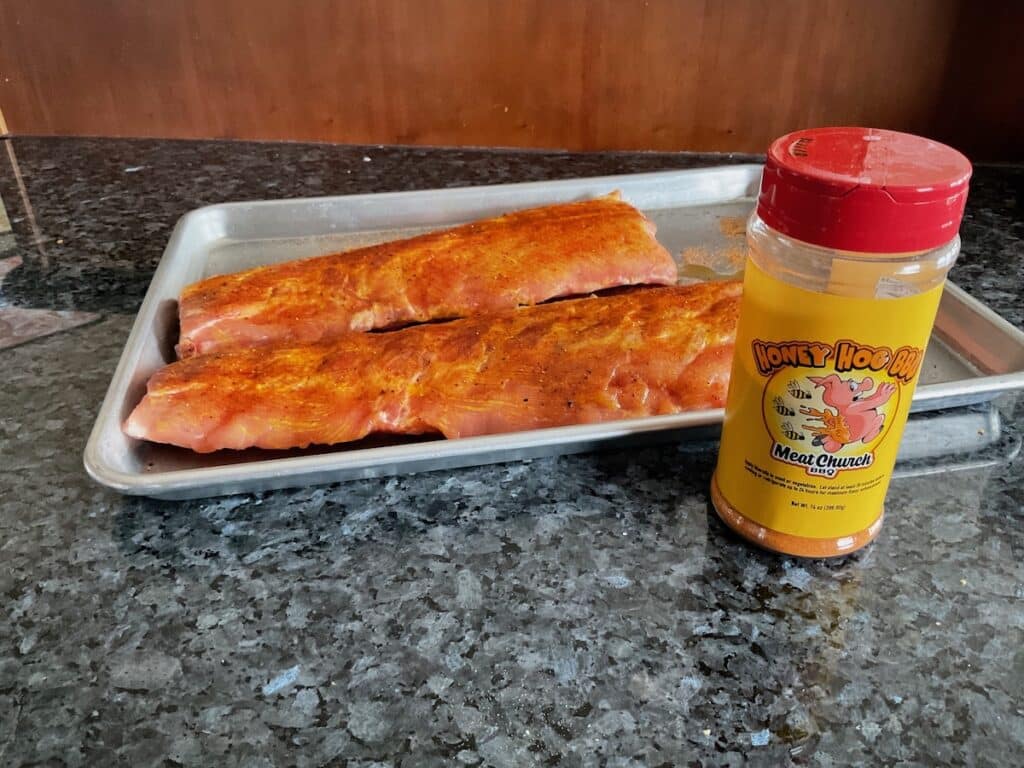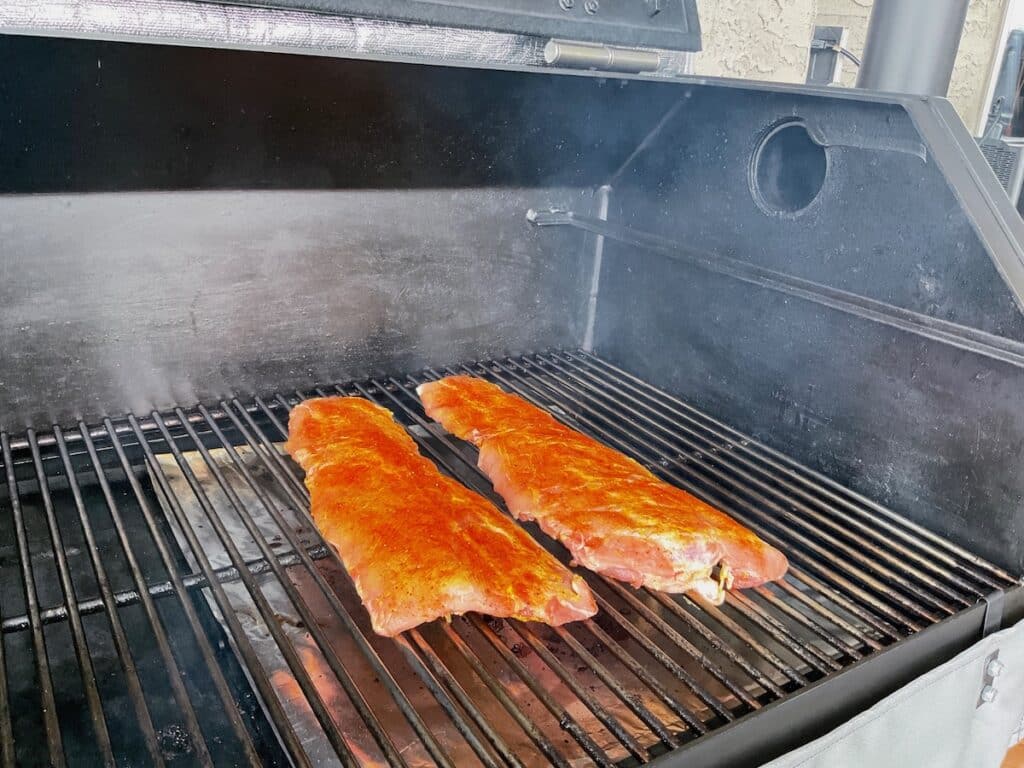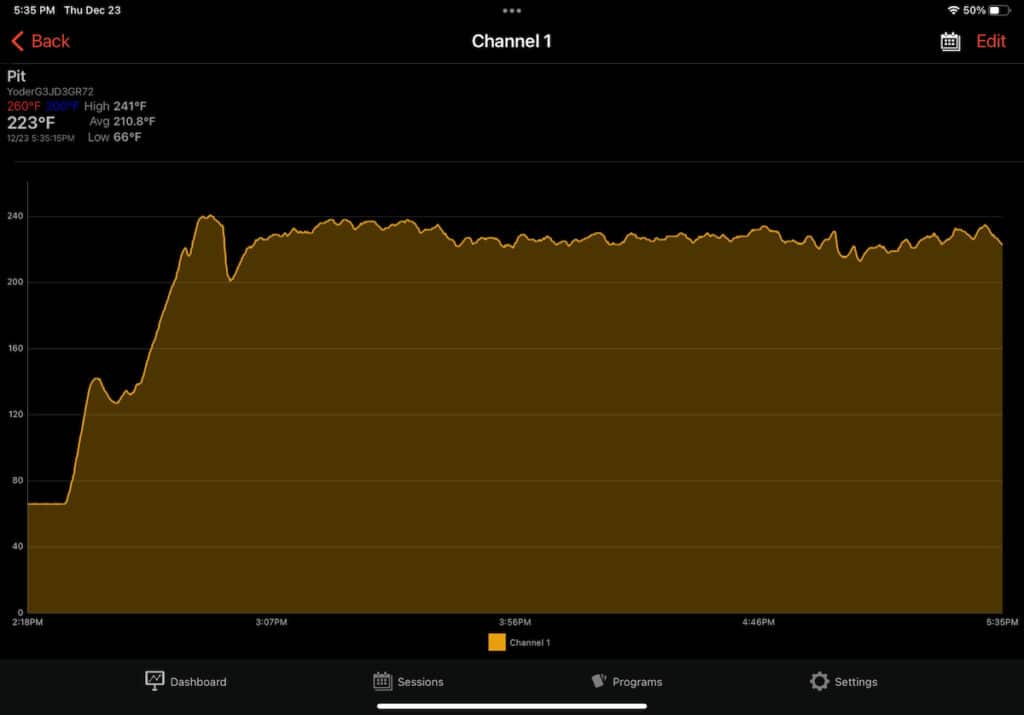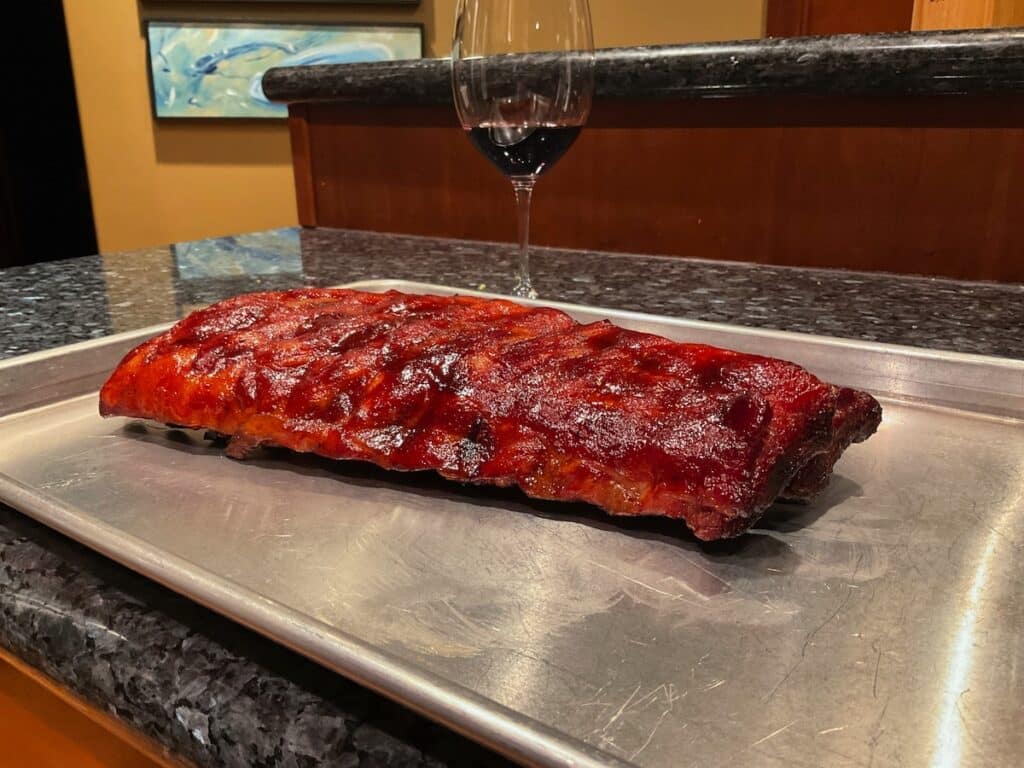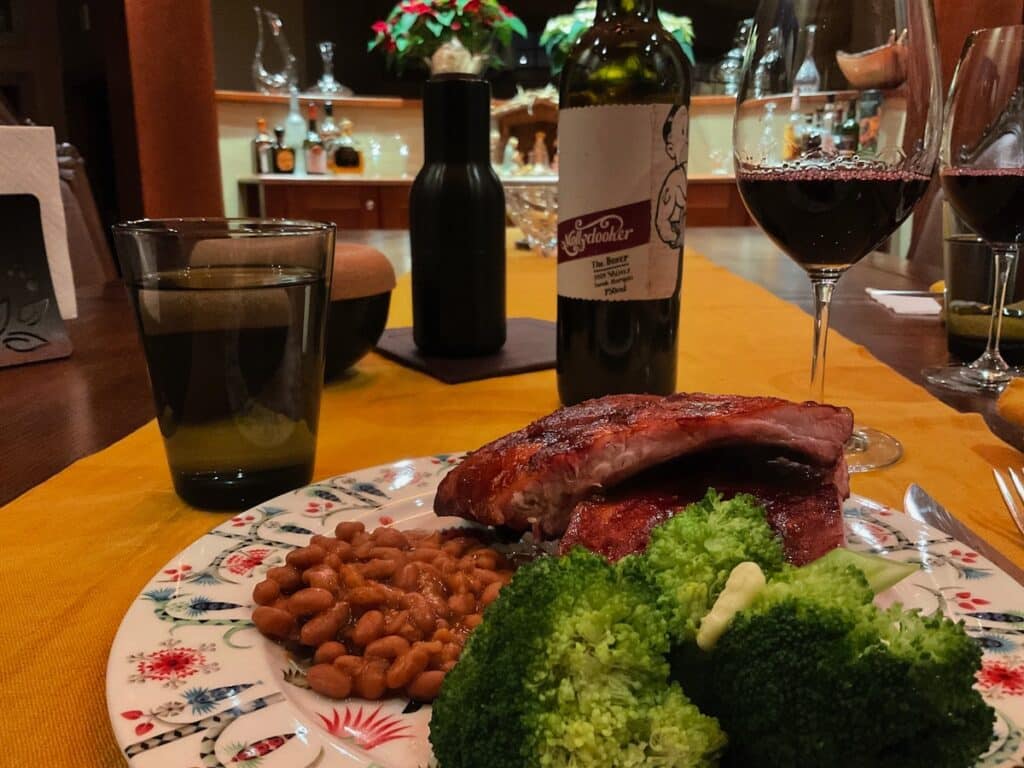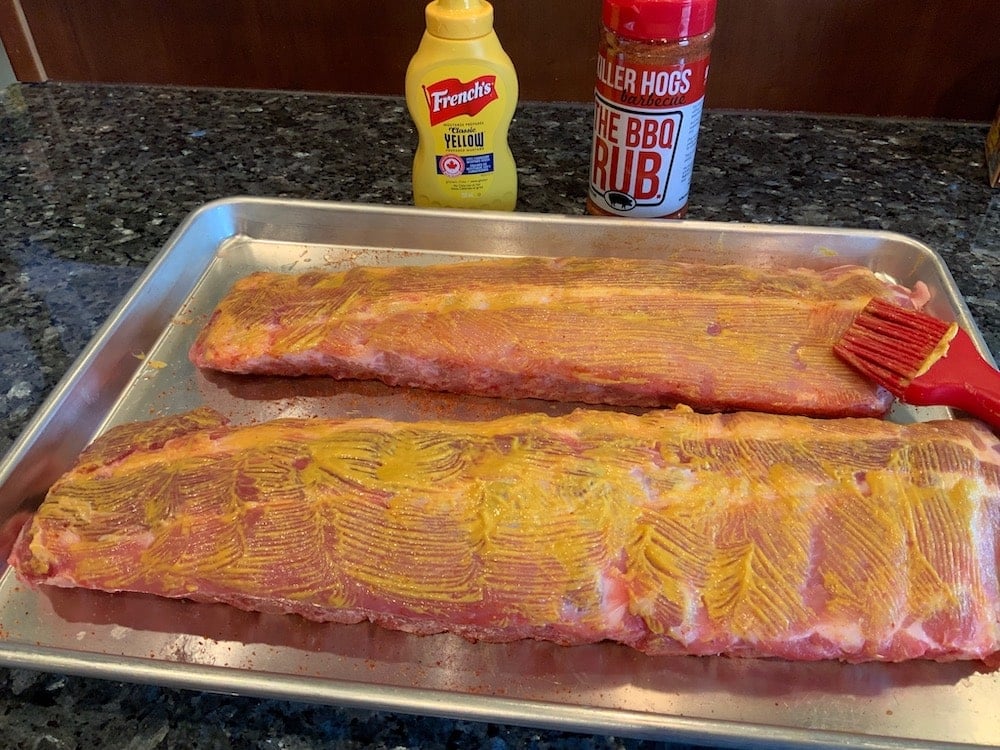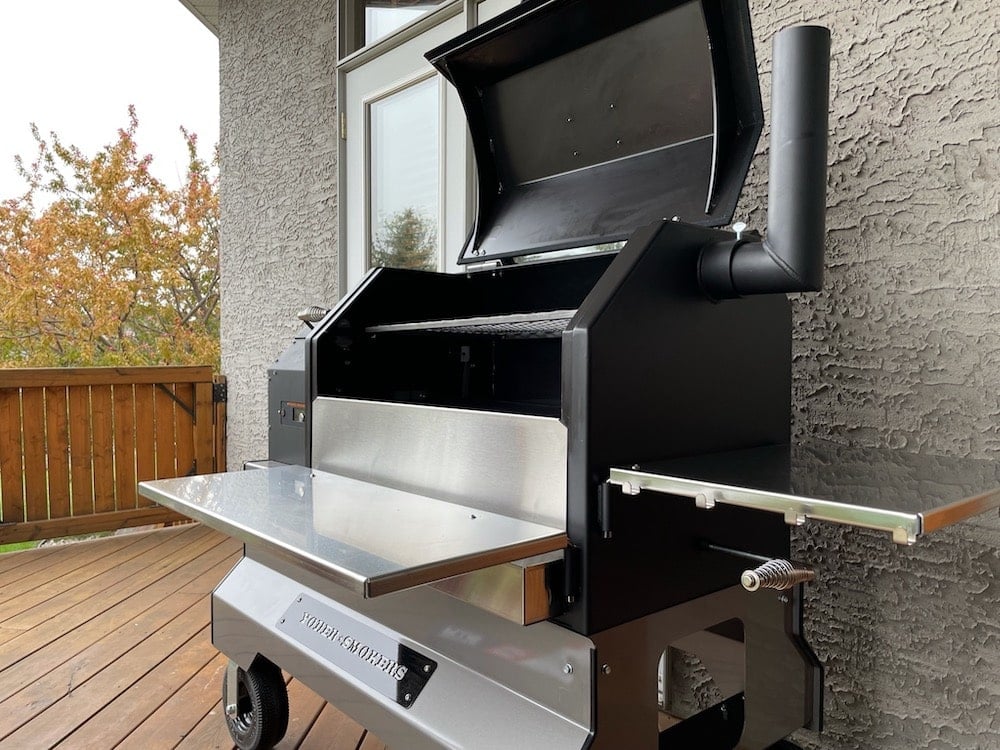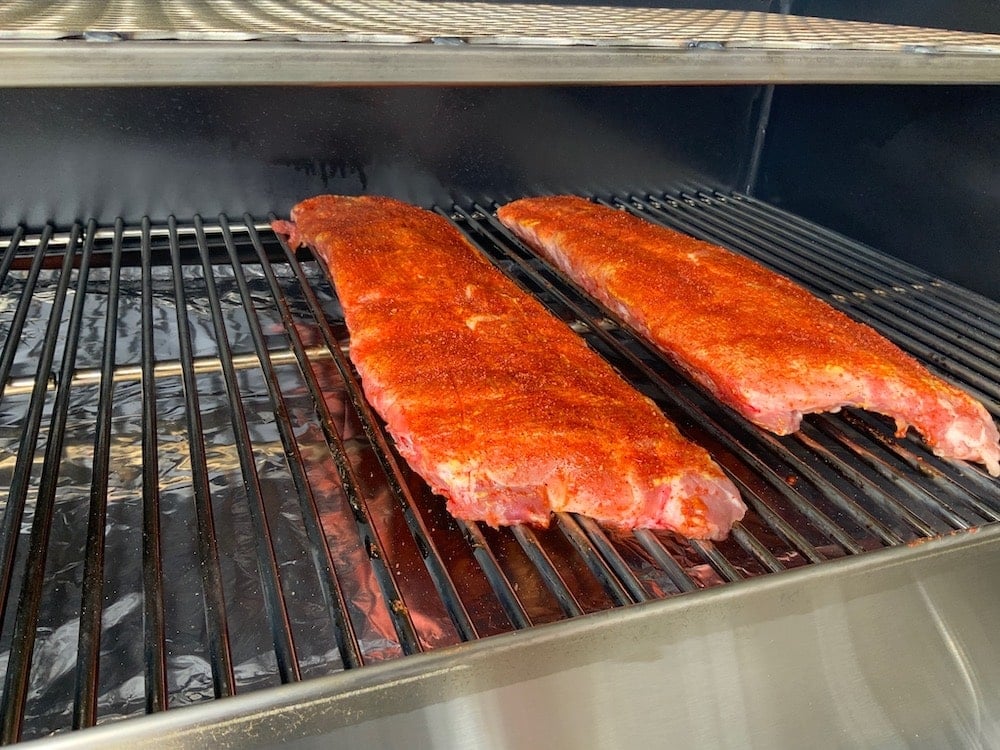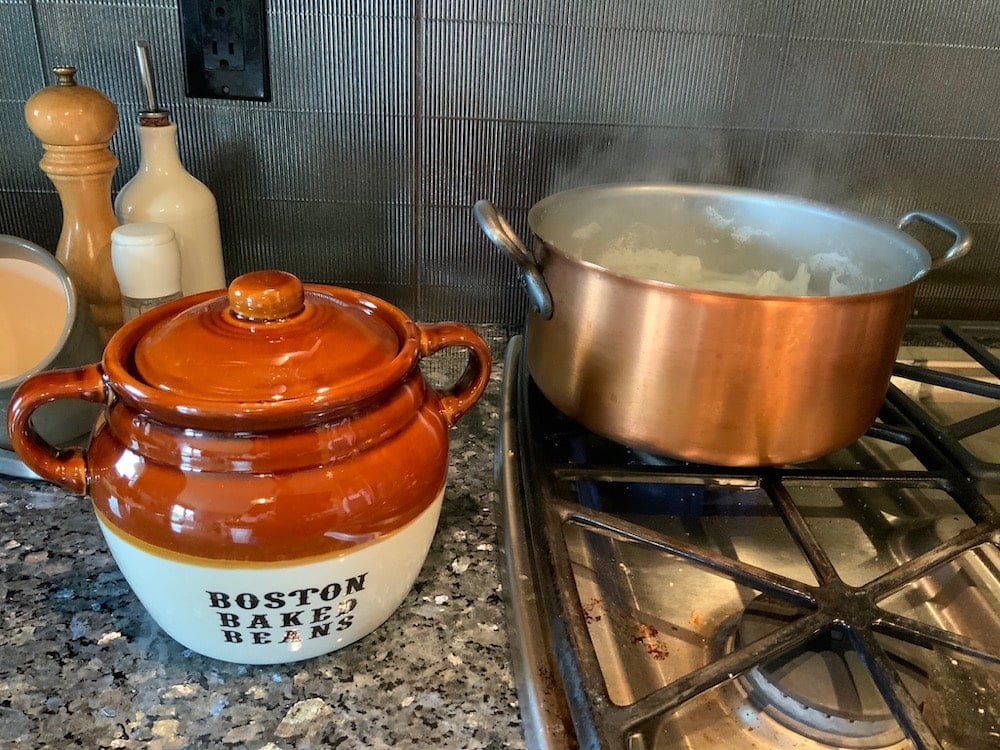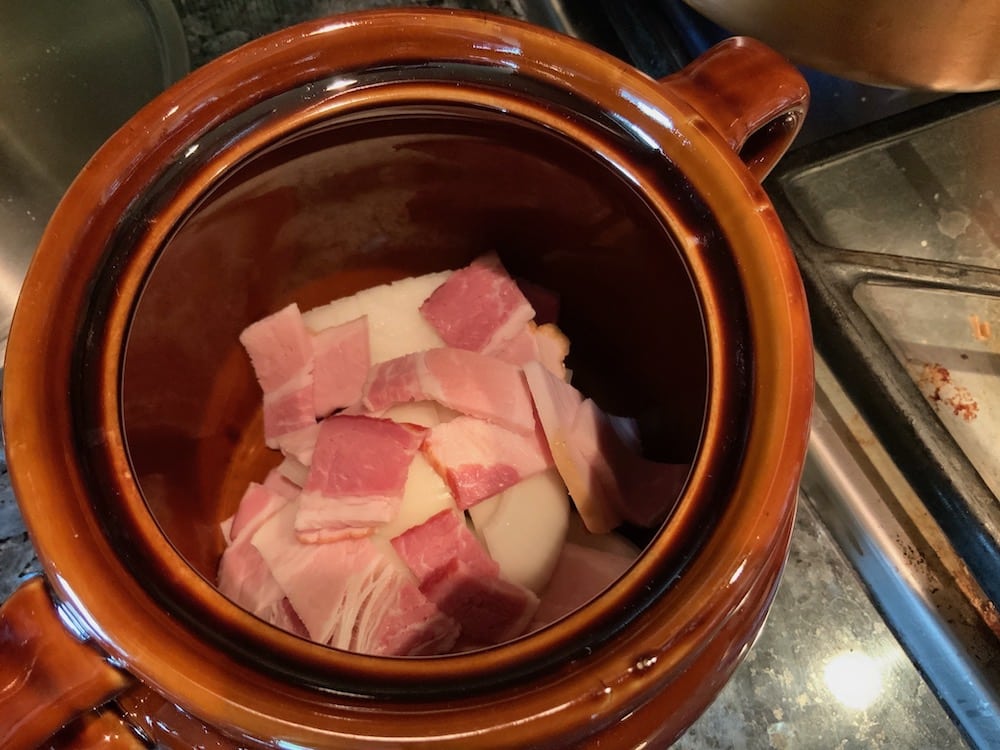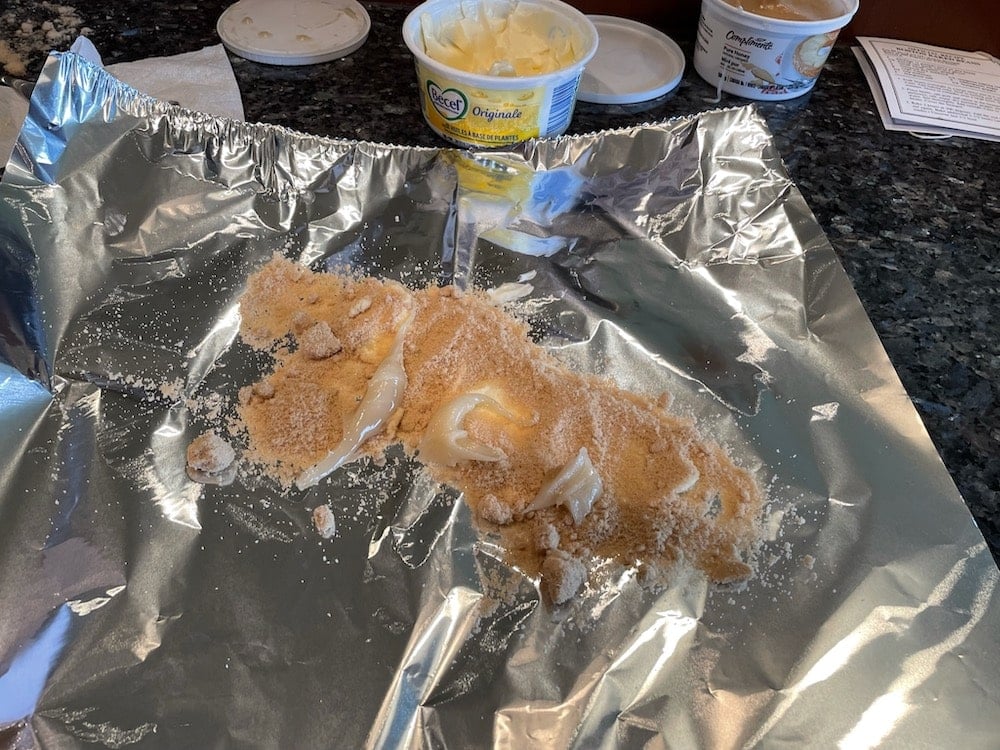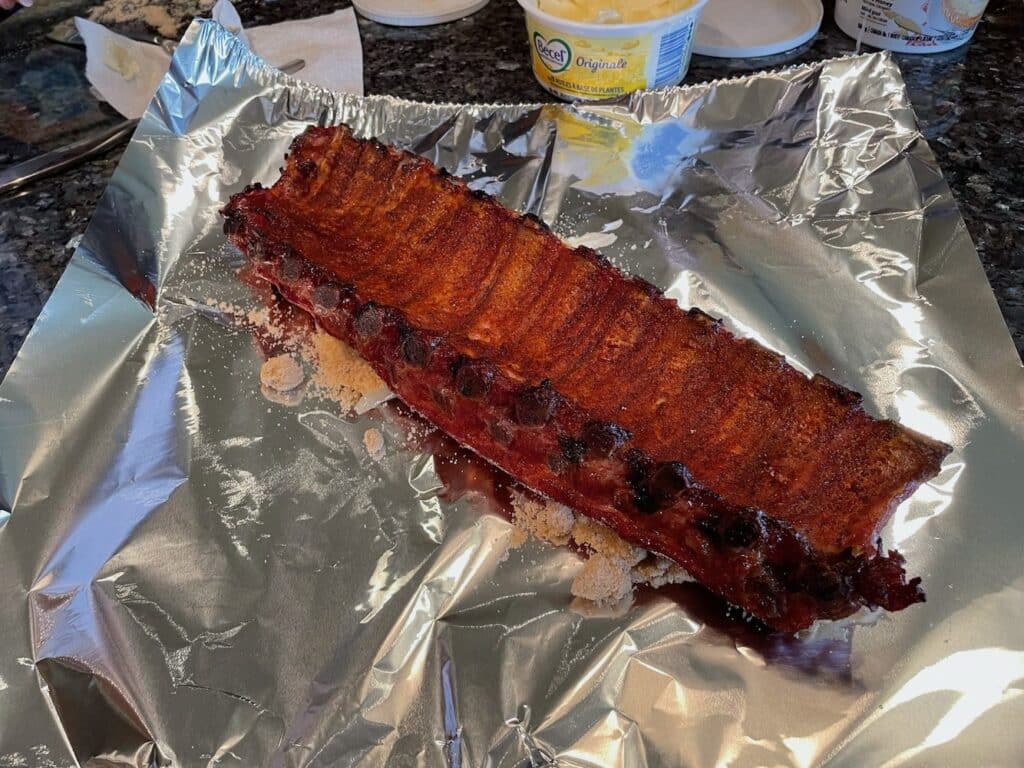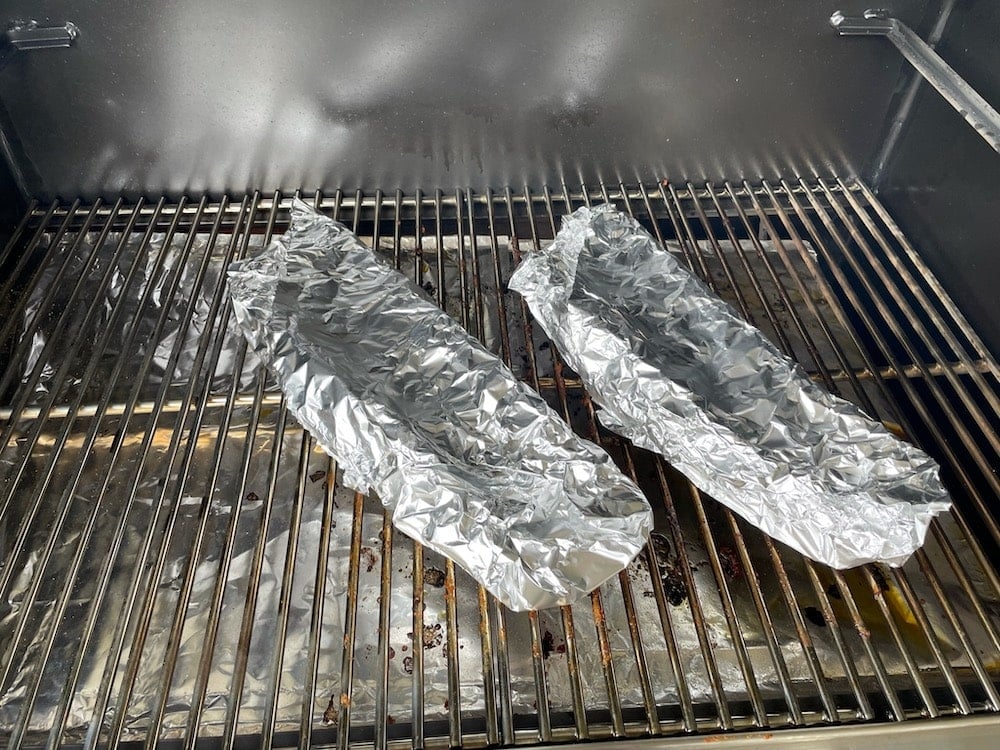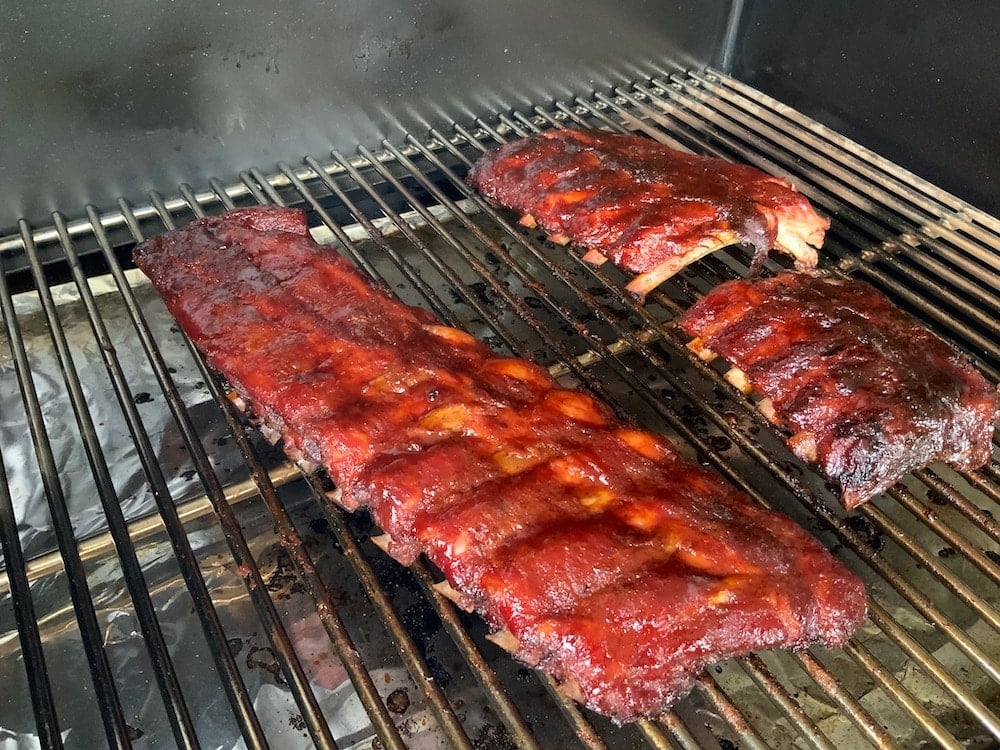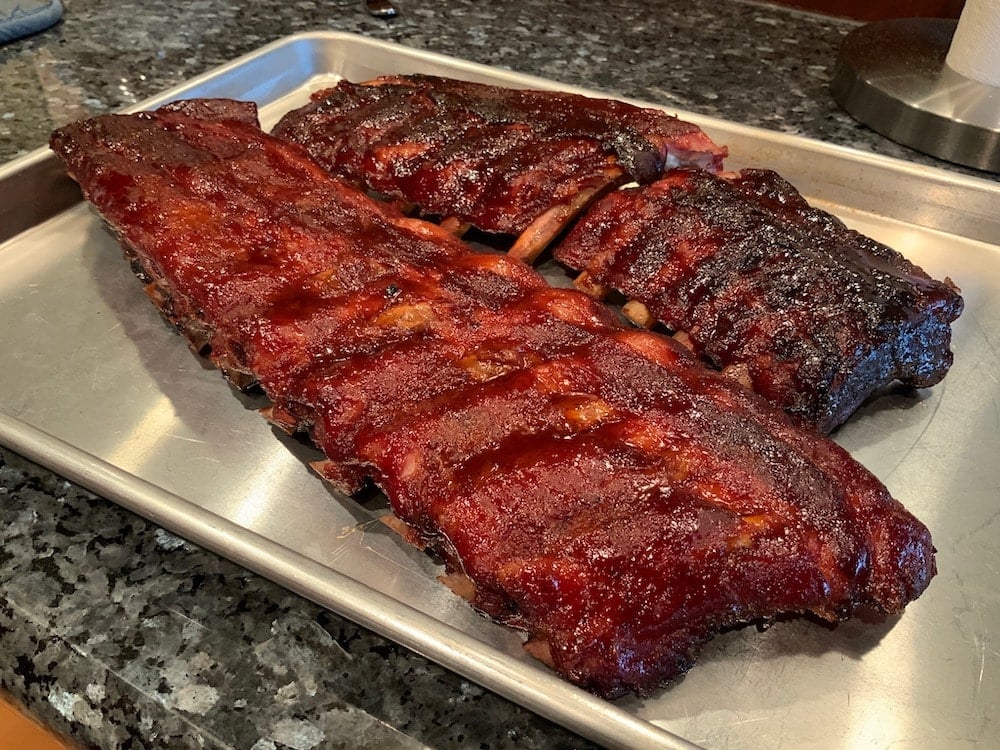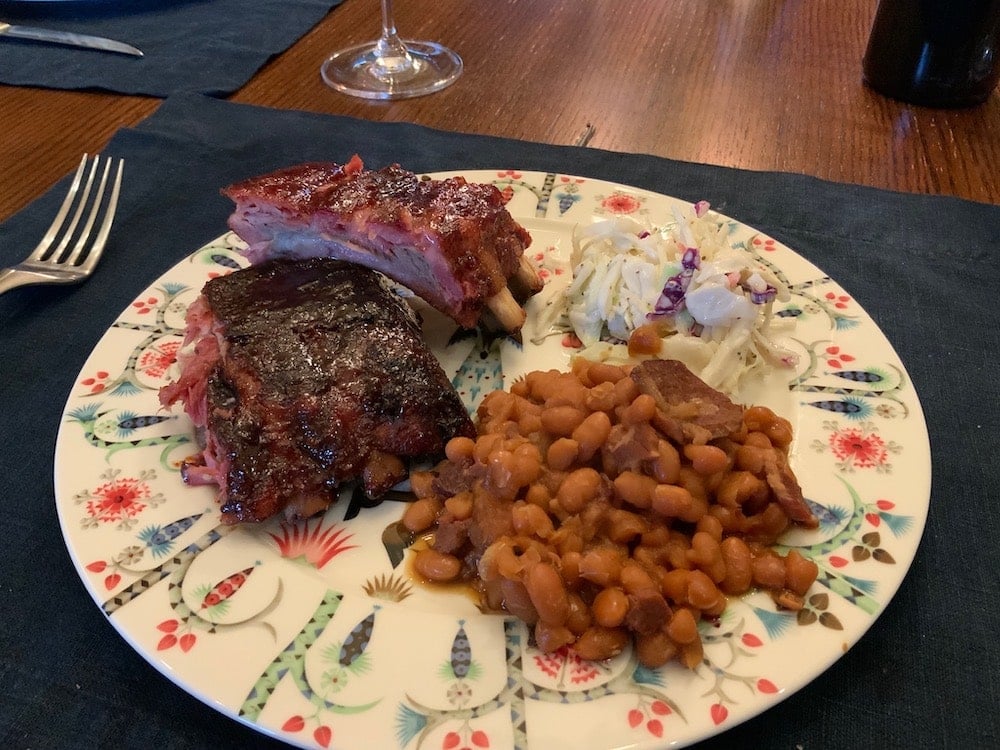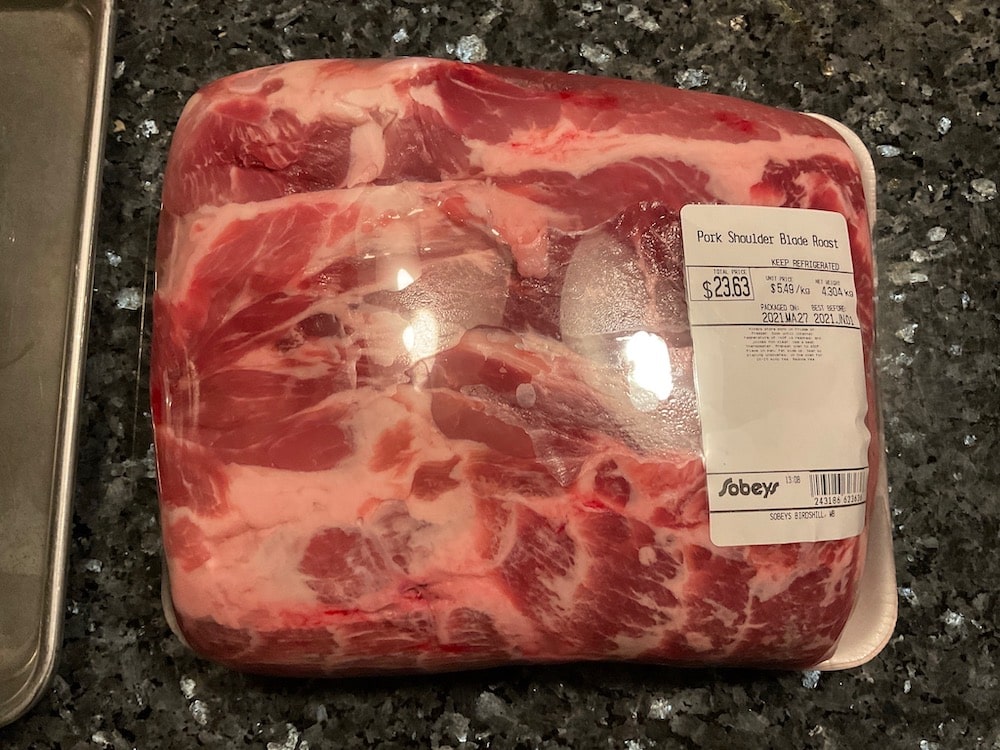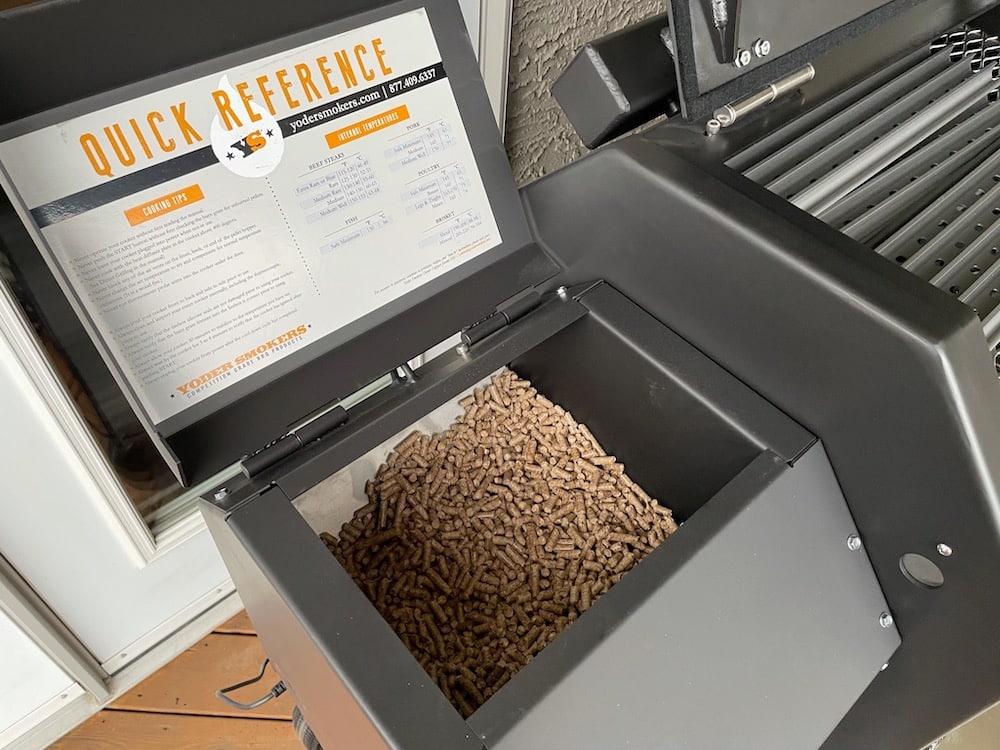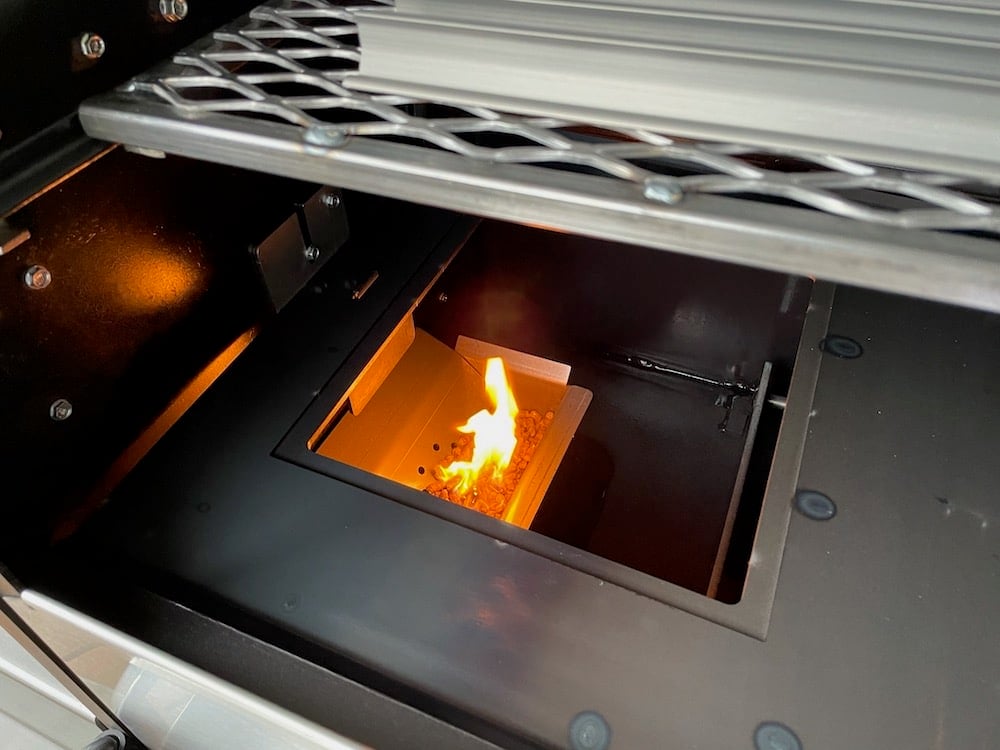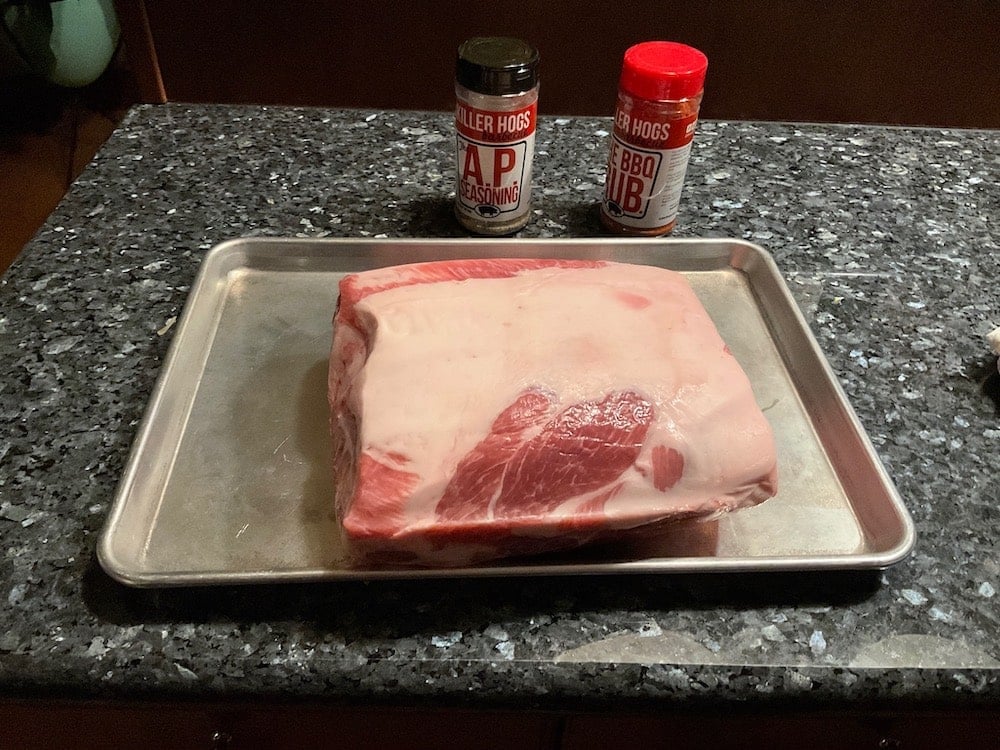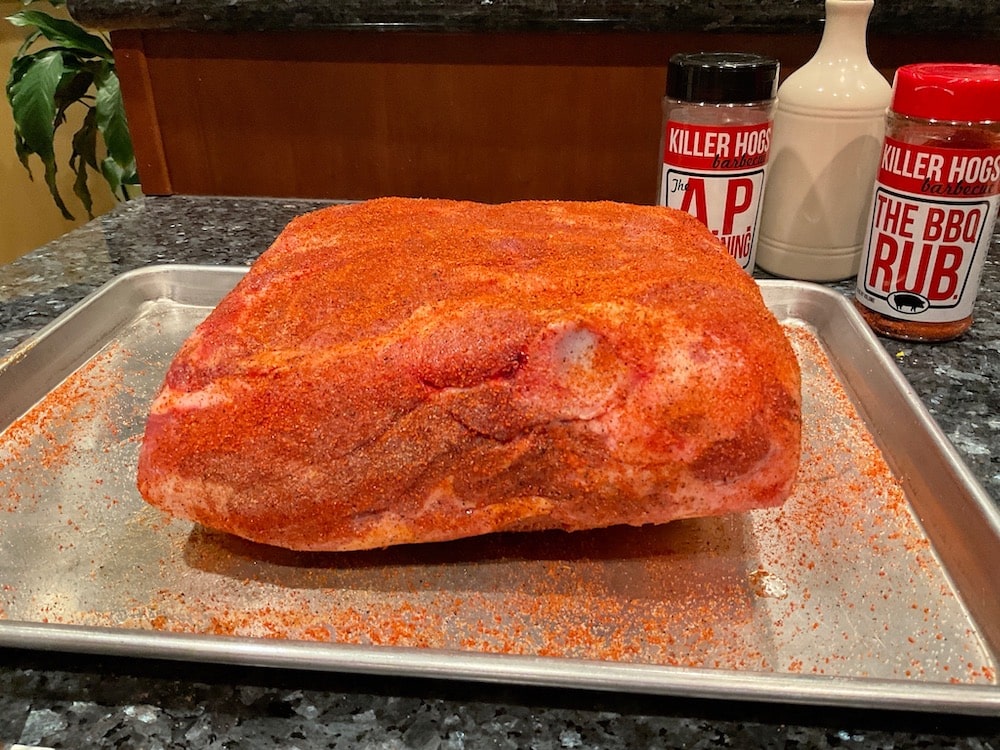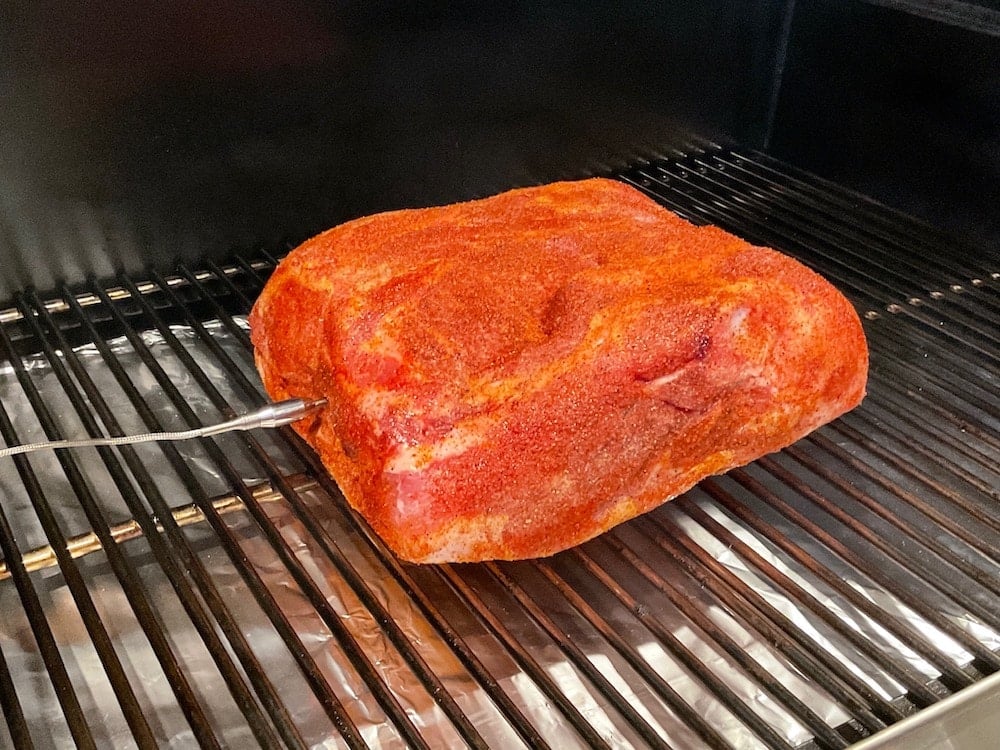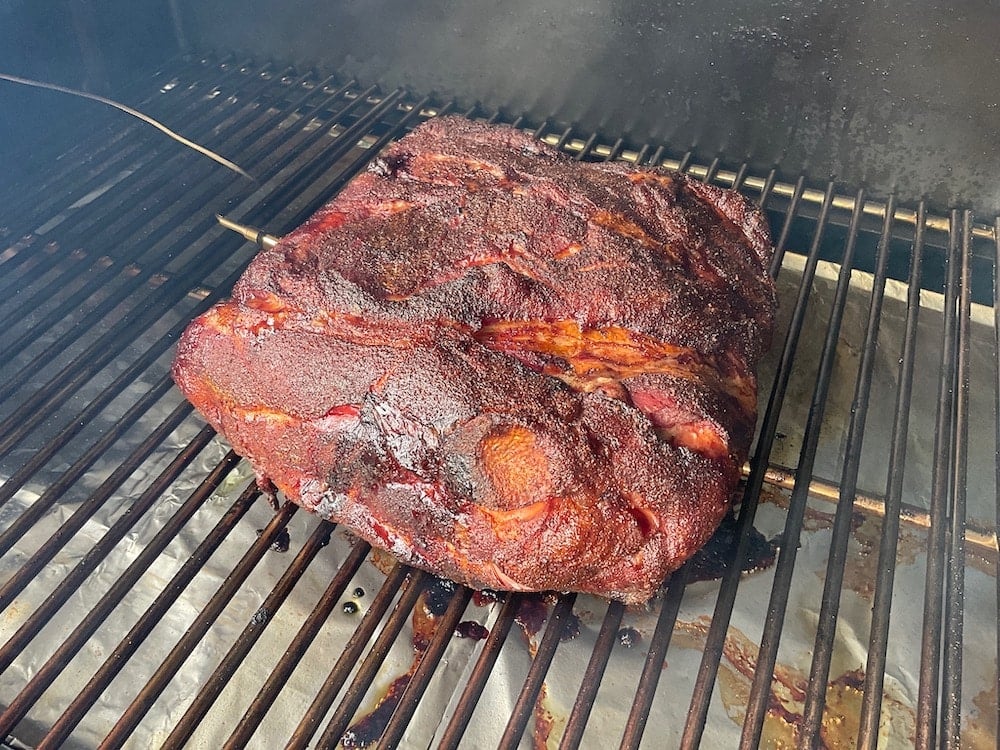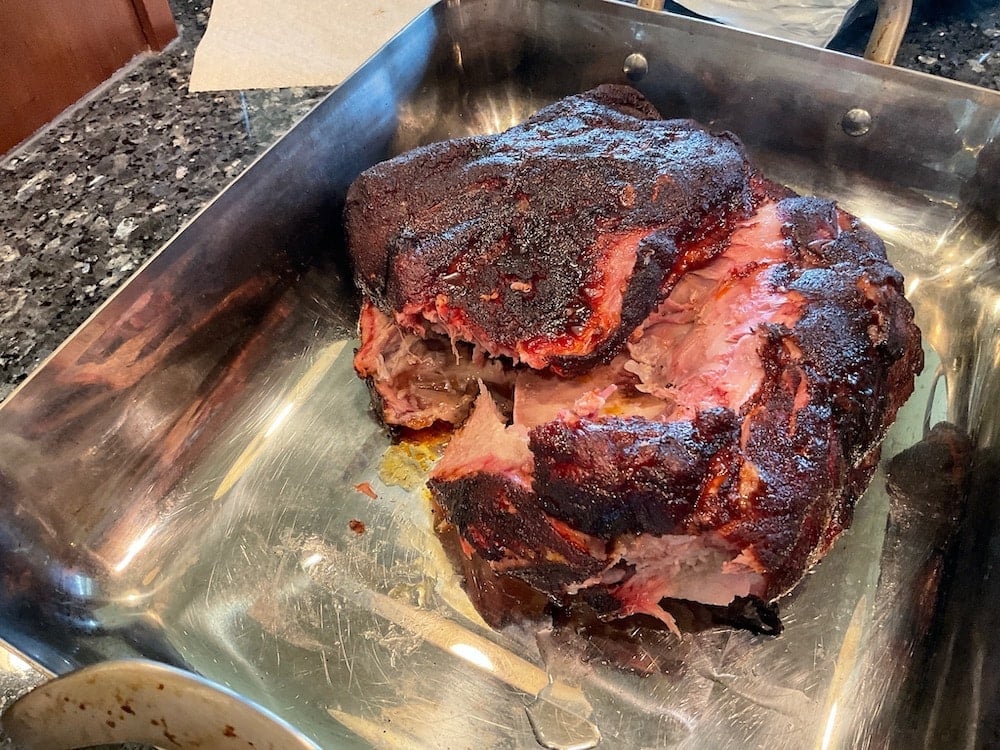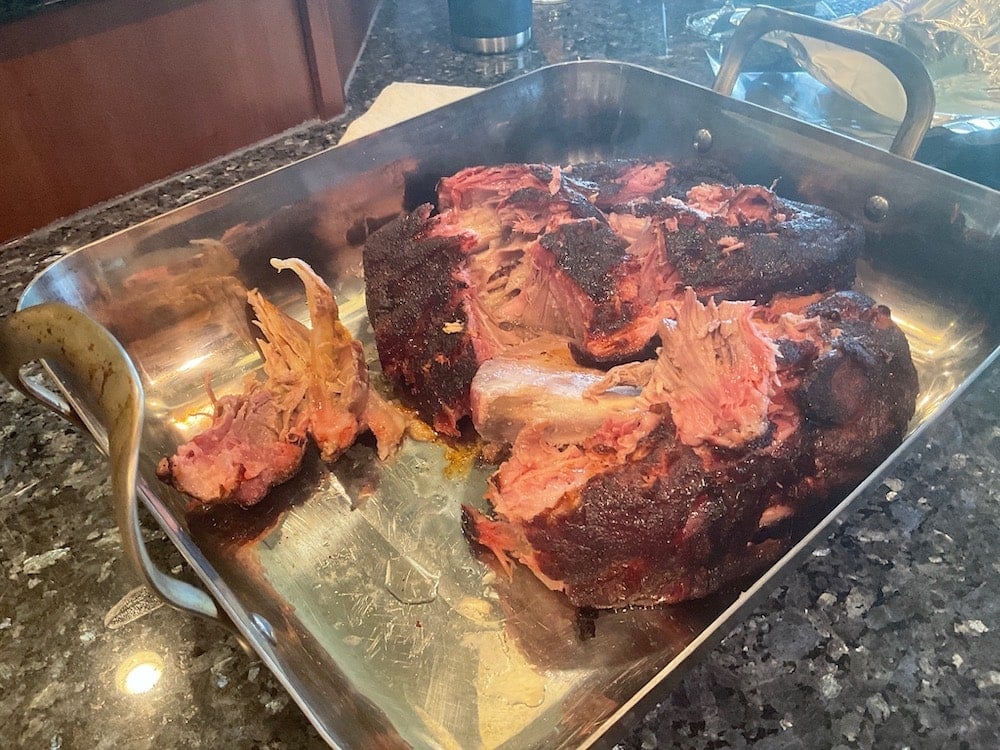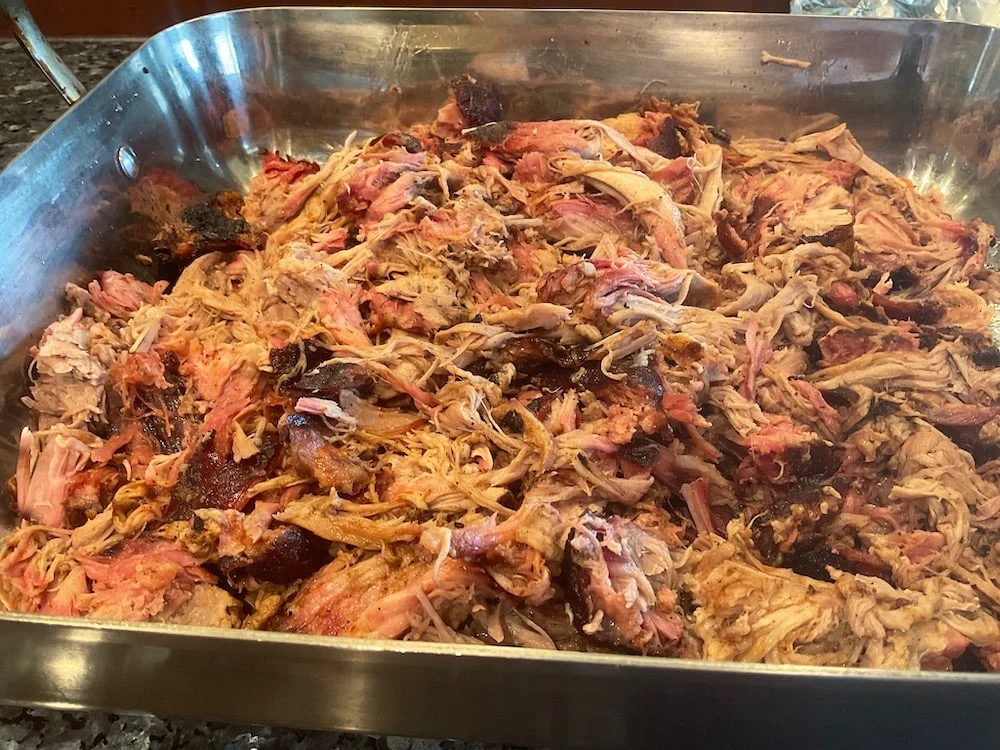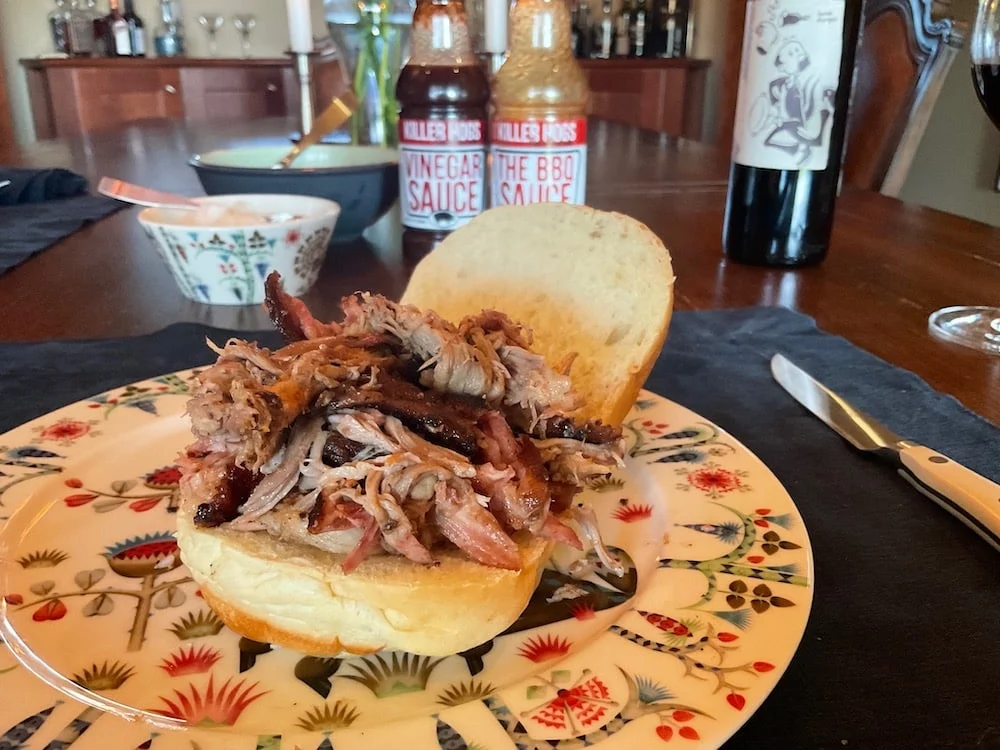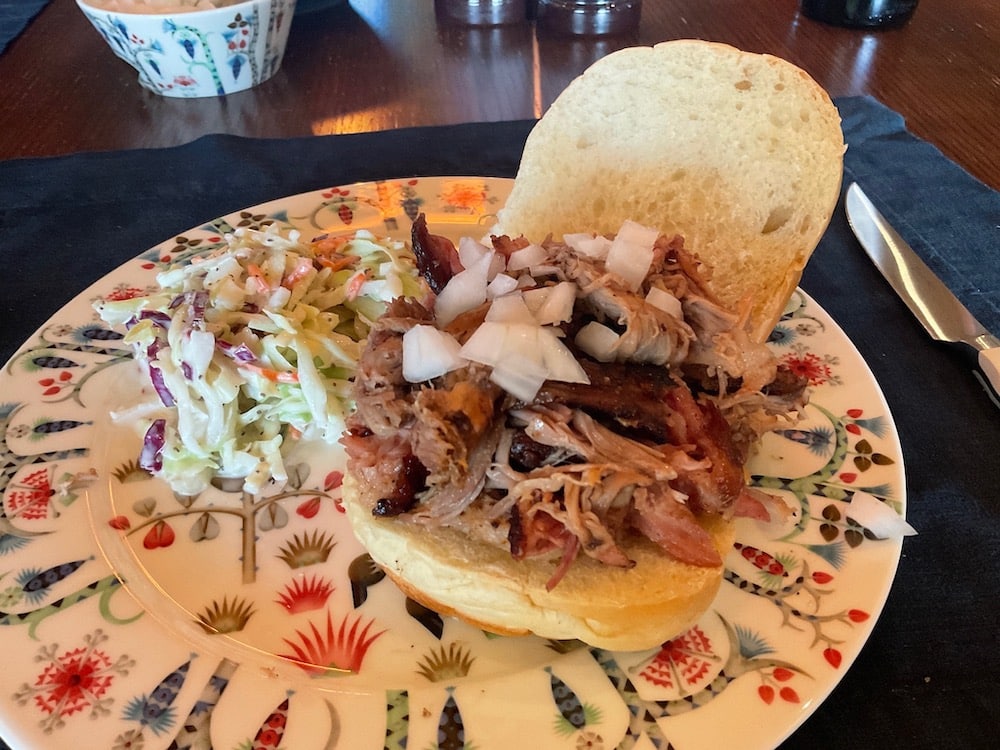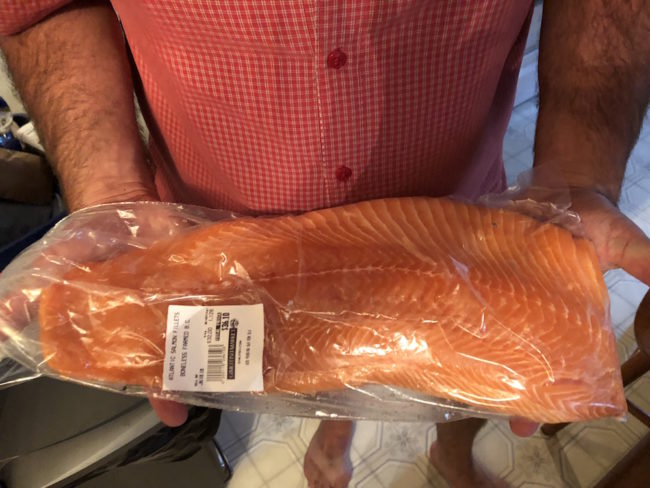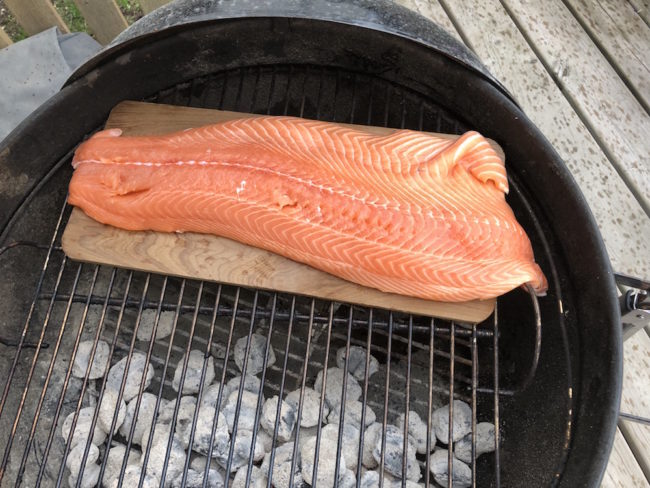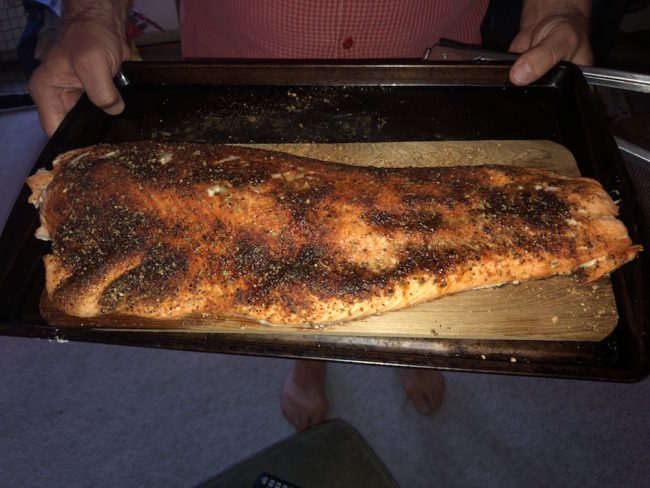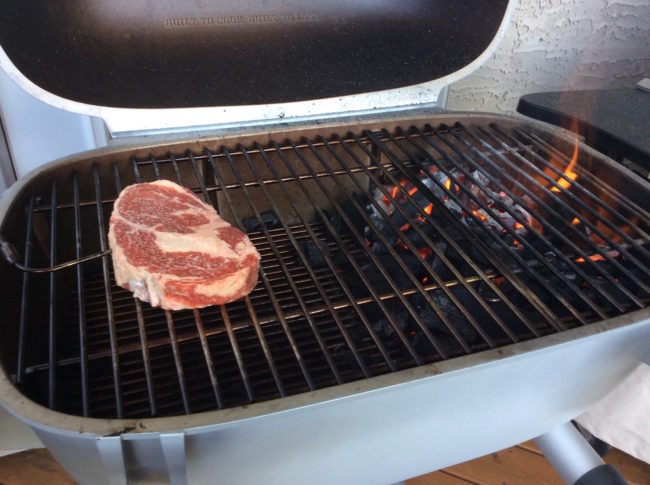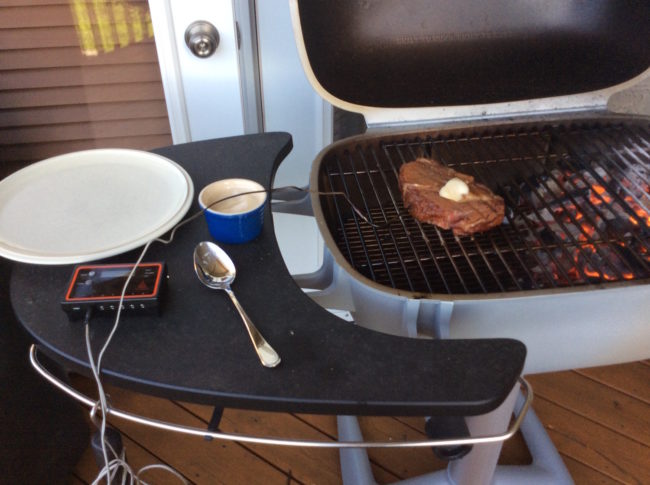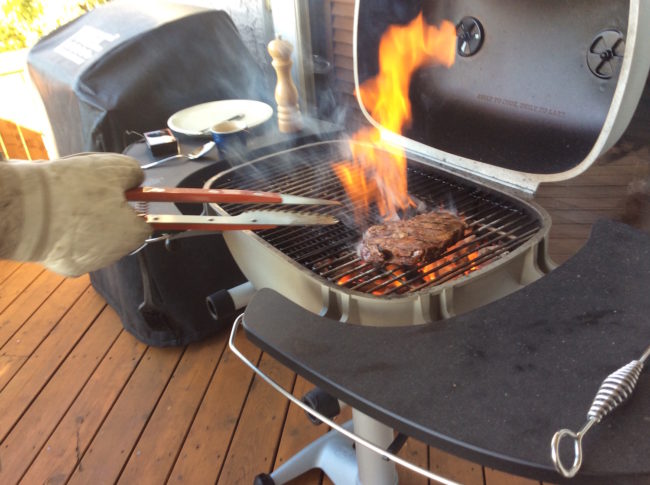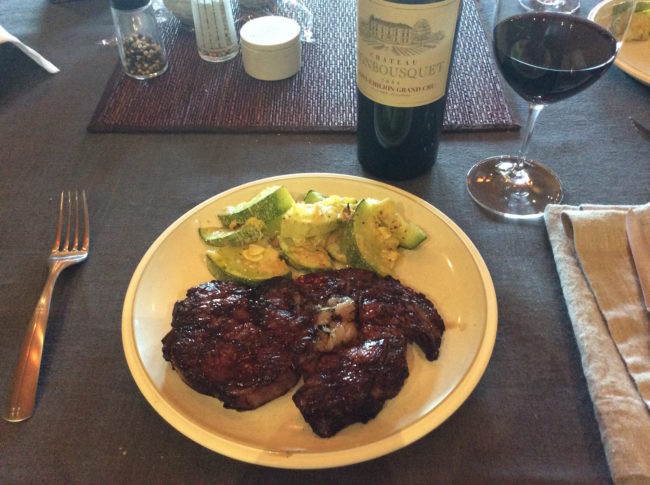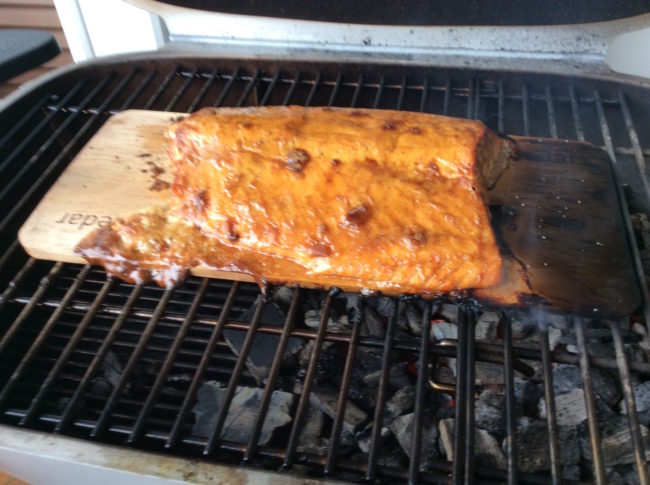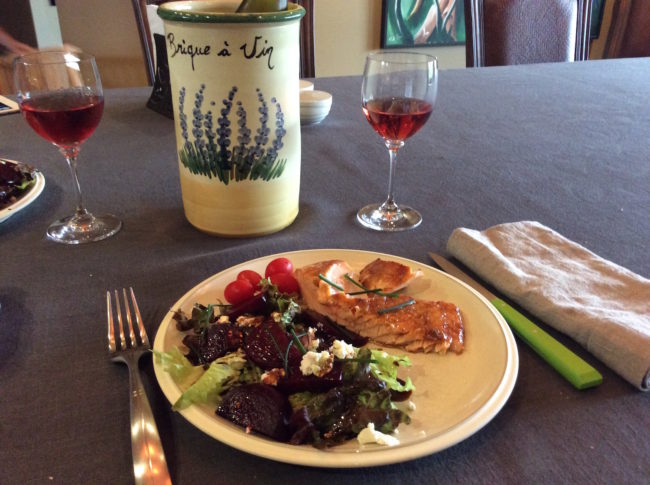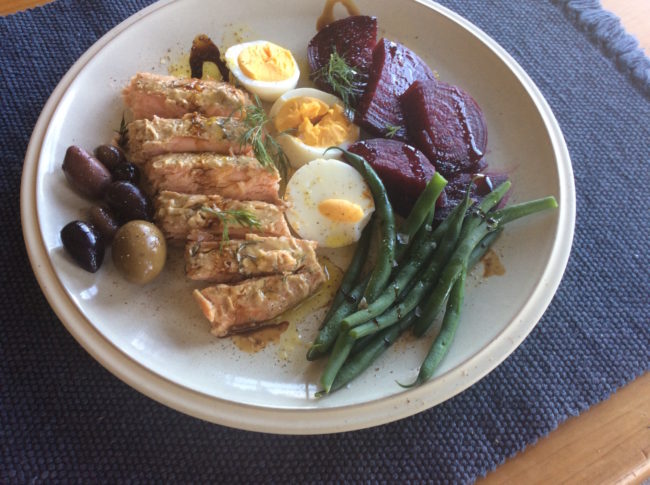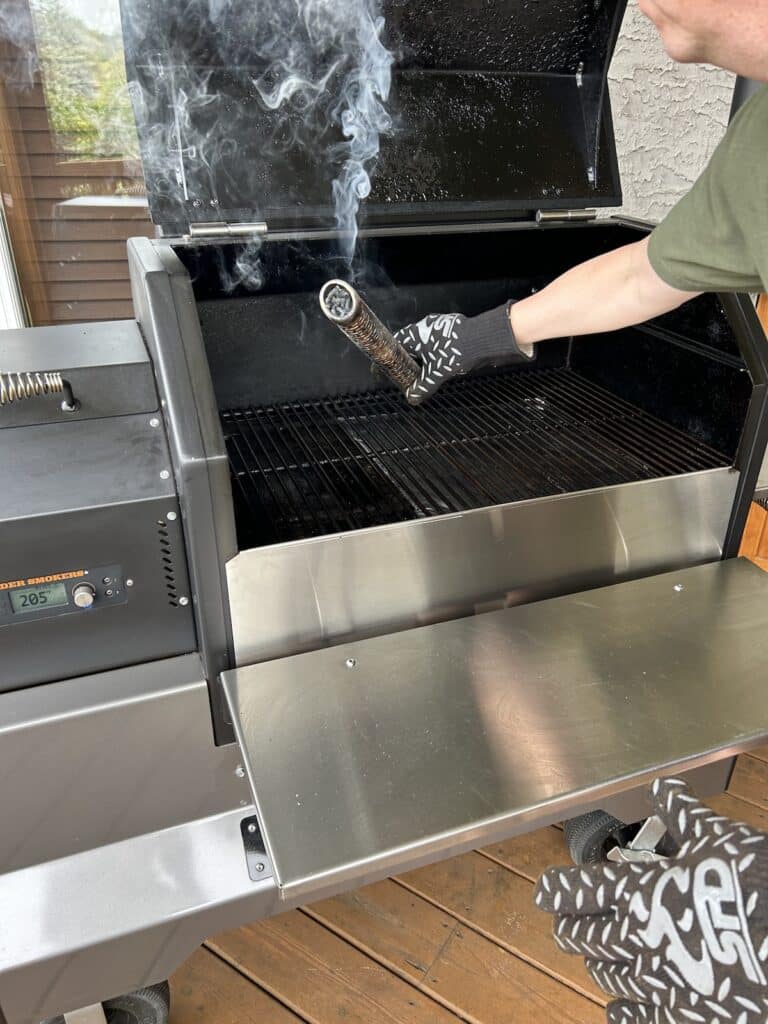
We’re loving the A-Maze-N Tube Smoker (a.k.a. AMNTS) as a clever tool for infusing more smokey-good flavour into our meat. It solves a funny quandary you may find yourself in if you have a pellet smoker like our Yoder YS640S – it’s so darn clean-burning, sometimes it needs some outside help to achieve that yummy smoke level your tastebuds are craving.
Made of stainless steal with ready-drilled holes, this durable, well-designed tube smoker does the trick (no cords or apps required.)
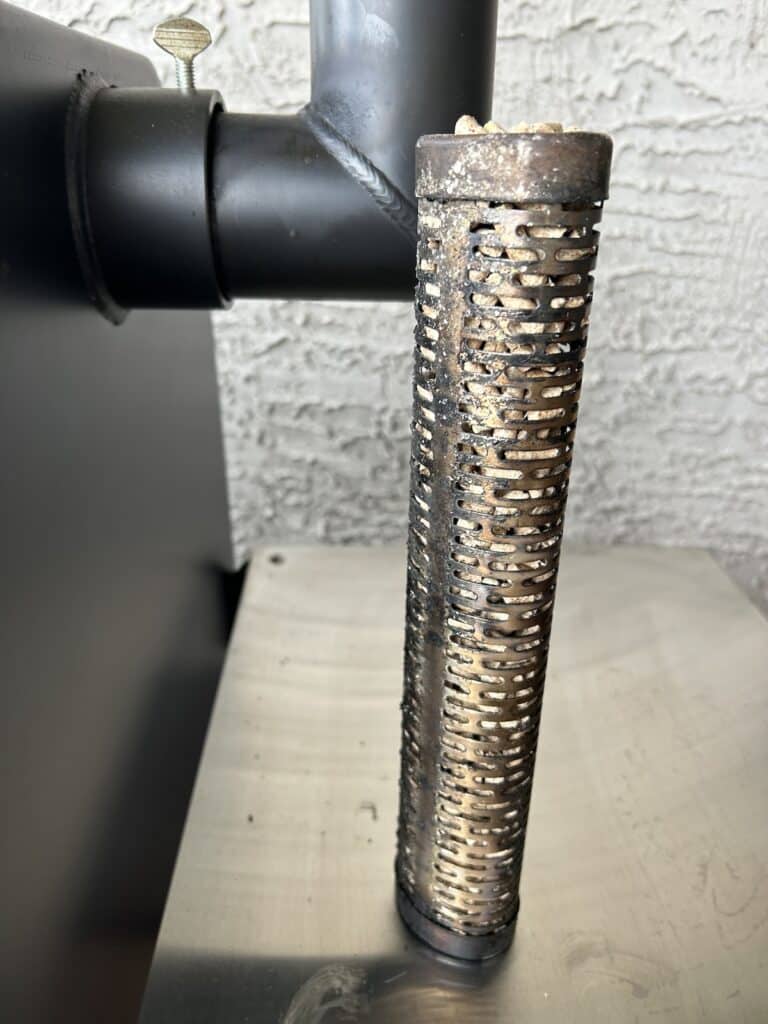
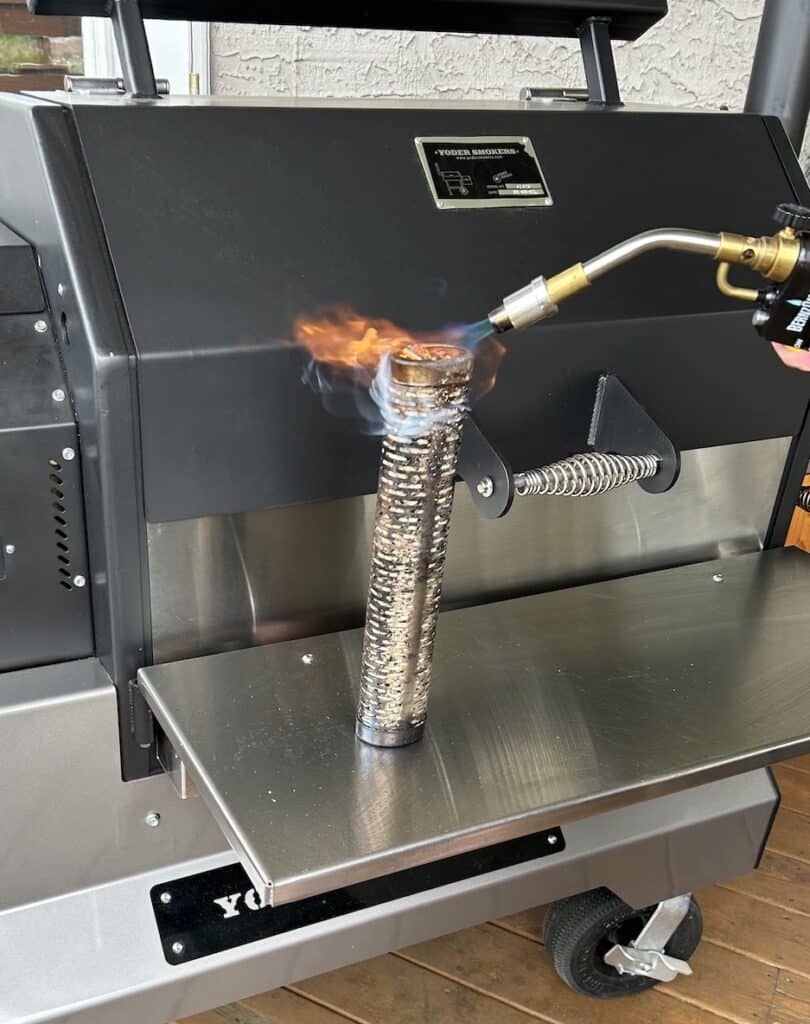
All you need to do is fill the “AMNST” to the brim with pellets, then light the open end at the top with a propane torch to get things going. We let it burn for about 10 minutes to get those pellets heated it up. If the flame hasn’t gone out on its own by then, you can blow it out.
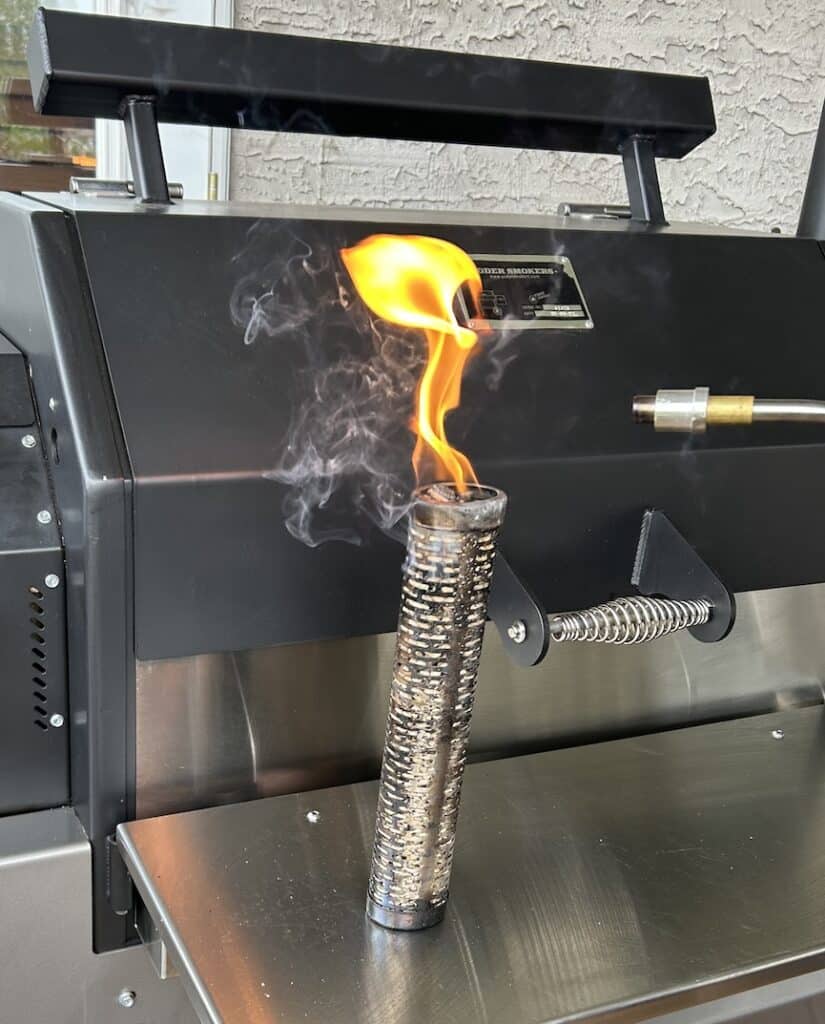
With the flame extinguished, now your smoker tube will give you a good smoke for a good while. We’ve found that the 12″ size will give your smoker supplemental smoke for about 3 – 3 1/2 hours, so it’s great for longer cooks like ribs, pork shoulder, and brisket.
(It’s really an ideal amount of time. During those first few hours, your meat hasn’t yet developed that more impenetrable crust that pretty much seals out any more smoke.)

Note that The AMNST is available in smaller sizes (9″and 6″), but it stands to reason that you’ll get less smoking time from them. Choose the size according to your grilling/smoking needs.
Lay the tube in your smoker’s oven, and set the meat beside it. When you close up the lid, you have a smokey situation going on that takes food to the next level.
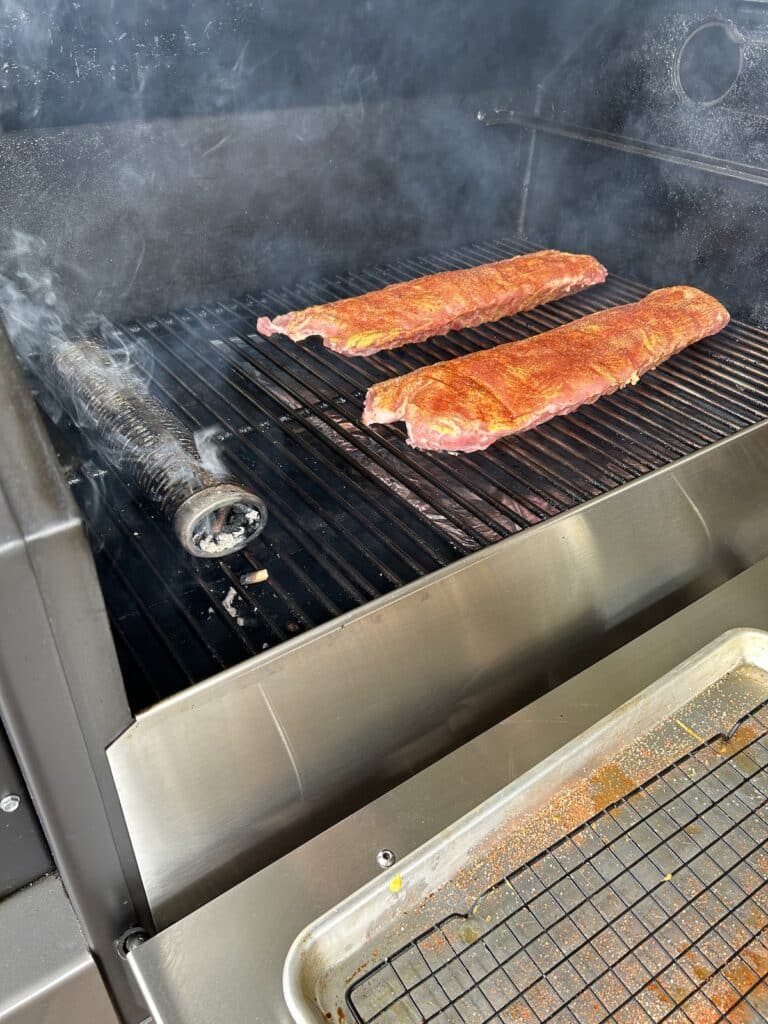
We’ve seen lots of riffs on the tube smoker concept out there. If you’ve got something that works for you, it’s all good. But we’ve sure been appreciating the durable construction, smart design and easy clean up of this one and felt it deserved a shout out.
We’re not doing any of our longer cooks without the A-Maze-N Tube Smoker these days – keeping our cookin’ smokin’.
Happy grilling, Nation!
